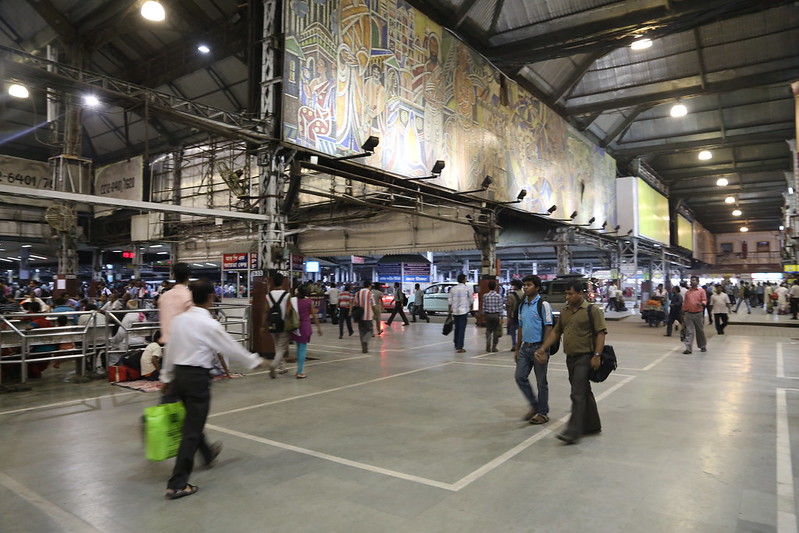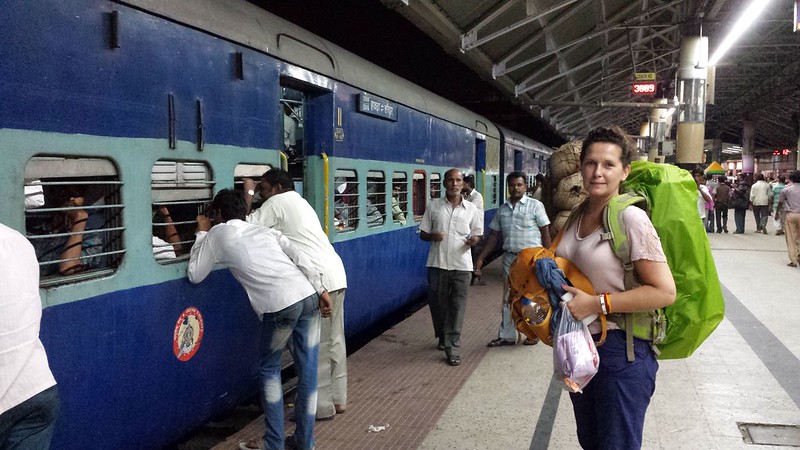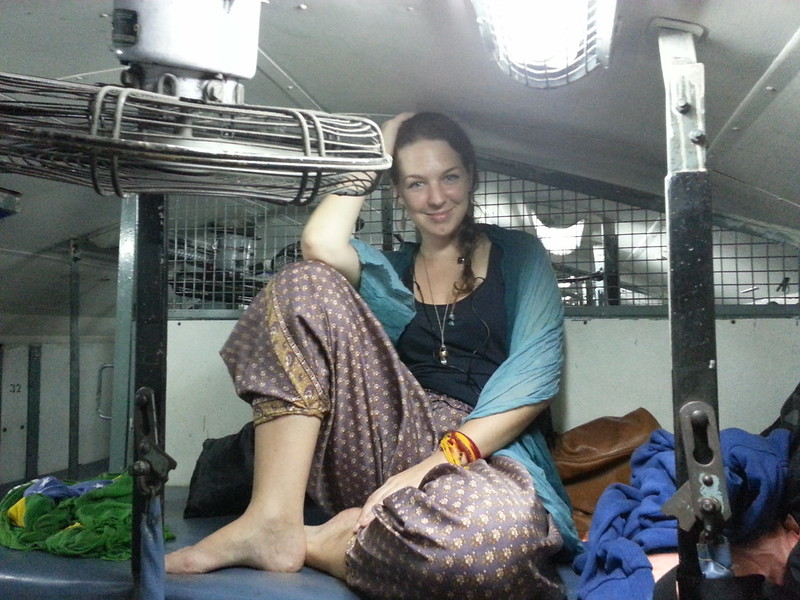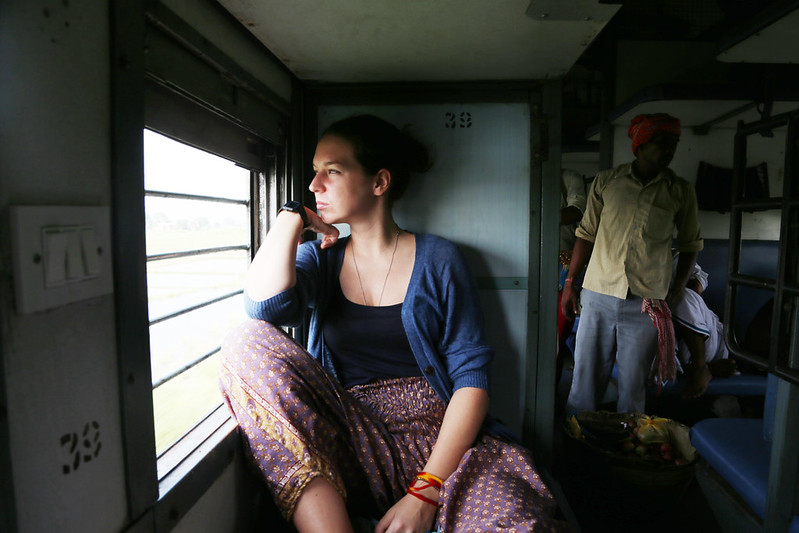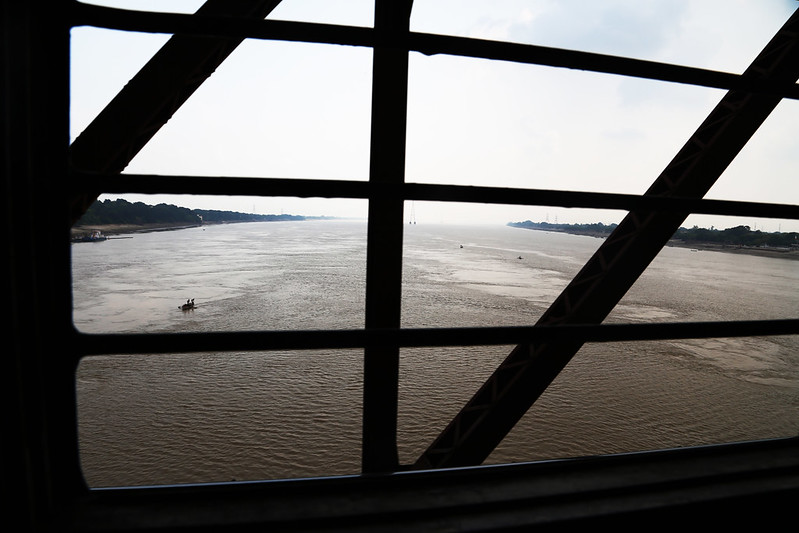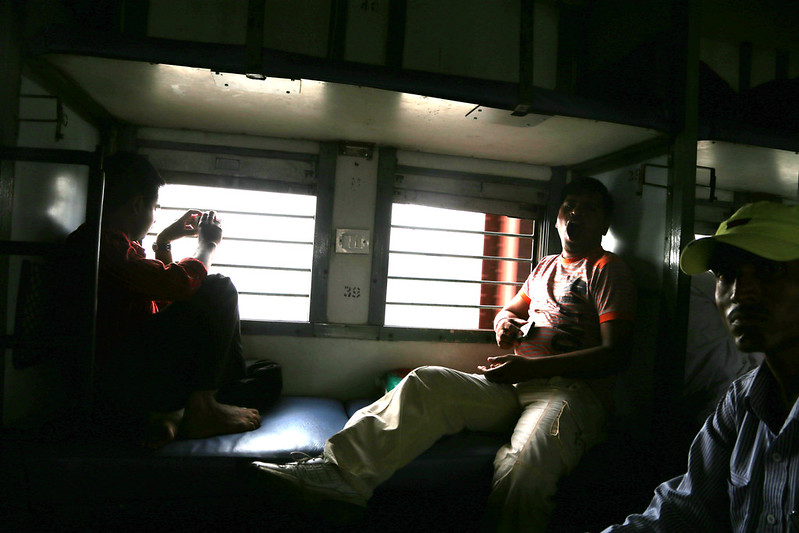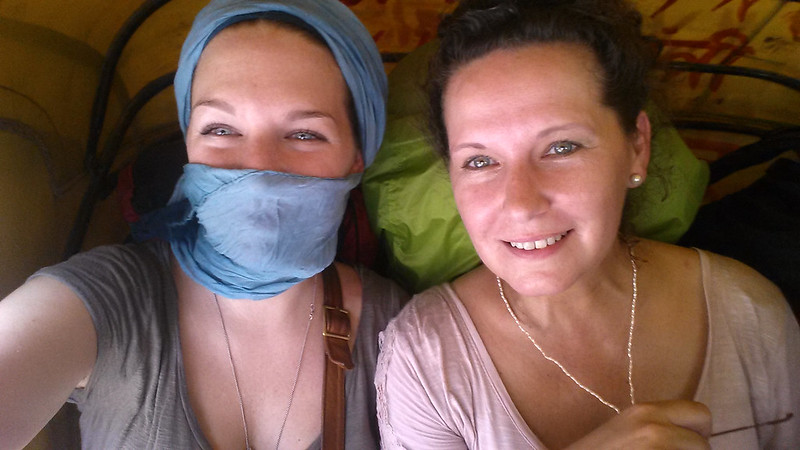Purple

Pushkar, India
2013
The online space of Caroline Bach

Pushkar, India
2013

After sharing so many photos from India and my other travels recently, I would like to once again explain my relationship to taking photos of people, and how I experienced the attitude towards portraits in India.
The photo above is of a young woman who lives in the Dharavi slum on the outskirts of Mumbai, also famous as the “Slumdog Millionnaire” slum from the movie with the same name. She works for a non-profit women’s organisation for which she embroiders sequins and beads onto pillow cushions, dresses and other fabrics that are then sold abroad. One pillow cushion can take her about two hours to work on, she will work about eleven hours a day, and what she earns from the work is just enough to cover her expenses and provide the right nutrition for her little son, her first one. This young woman told me about the organisation she works for and how she is thankful for being able to provide for herself and her child, we spoke about her priorities for a while while she kept on working, and then she asked if I would like to take a photo of her.
That’s right. She asked. And often, especially in India, people are very happy to have their photo taken and don’t consider it intrusive, especially not after a proper talk. On the contrary, it’s an honor to be captured in an image together with what values most to you.
Photography can be a very powerful tool and it often takes a serious amount of consideration on my part whether I want to share an image or not, and how the person in it is portrayed. Vulnerability in images is a sensitive matter with many layers – and unfortunately very often based on the prejudice and expectations of the beholder. I will not state that people who live in the Dharavi slum and many other areas of Mumbai aren’t in a particularly exposed and vulnerable situation, nor that a person who already feels empowered shouldn’t have access to better opportunities – but if we take the woman above as an example, and many other faces I recently have shared on this page – I would like to insist that you look at the image again, and see the fact that she is very proud of having her own one-room apartment, a tv, a healthy little son who she can spend her entire days with, and an income she is in total control of.
Now look at the image below, and imagine the huge smile the girl had on her face while pulling on my skirt to have her picture taken, just before she exposed her most natural of faces for me – and see the sincerity and beauty in it instead of feeling any sort of pity.
Seriuosly, pity is a serious insult when not asked for. Don’t you even dare.


Mumbai was so many things at once that it was almost overwhelming trying to get more impressions in after more than two weeks of intense travelling around India. We did the must-sees of the city; The Gateway of India, the big British heritage buildings and the markets. We also saw the world’s biggest outdoor laundromat – the Dhobi Ghat – where the bed linen, towels and clothes from Mumbai’s hotels and hospitals are washed, and had some really good street food. For me personally, the highlight was our trip to the Dharavi slum, also known from the movie “Slumdog Millionnaire” where we got to walk around, talk to people, see the clay pot production process, and get an insight into what life looks like when you live so close to your neighbours – and how what looks like simple metal boxes can be beautifully furnished and decorated apartments with high-tech TV sets on the inside – a contrast I unfortunately didn’t get the opportunity to capture in a photo. I will share a couple of more photos from the slum later, and until then you have this selection of children playing, food and contrasts from this extremely segregated city.
Leaving Mumbai, we said good bye to magnificent India. See you again, some time.
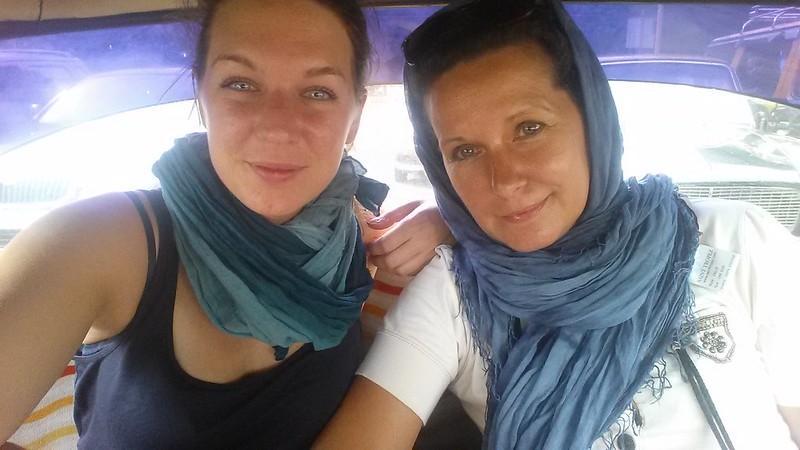
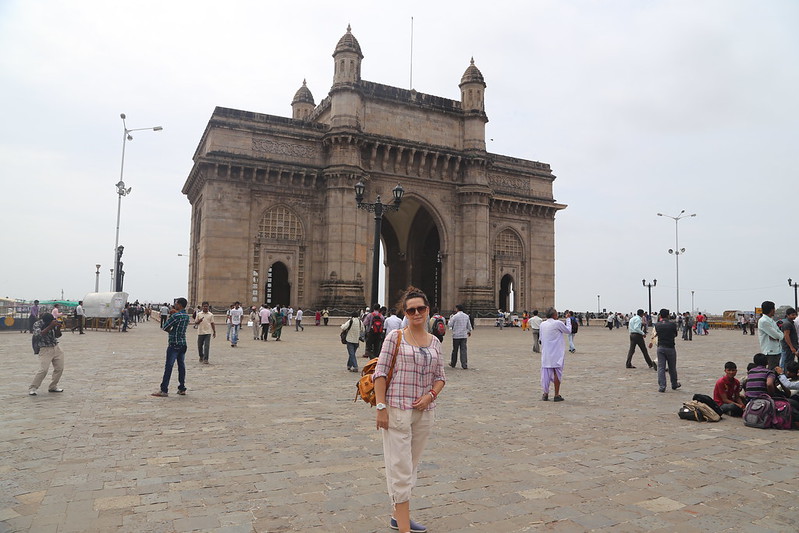
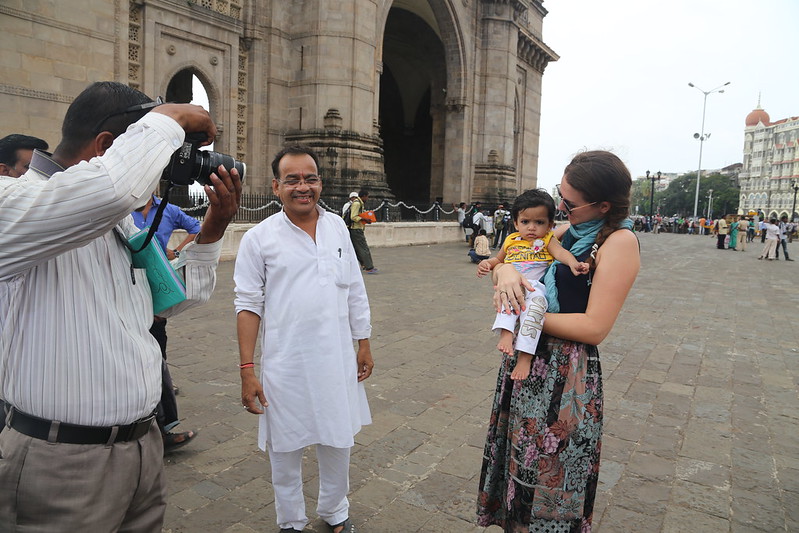

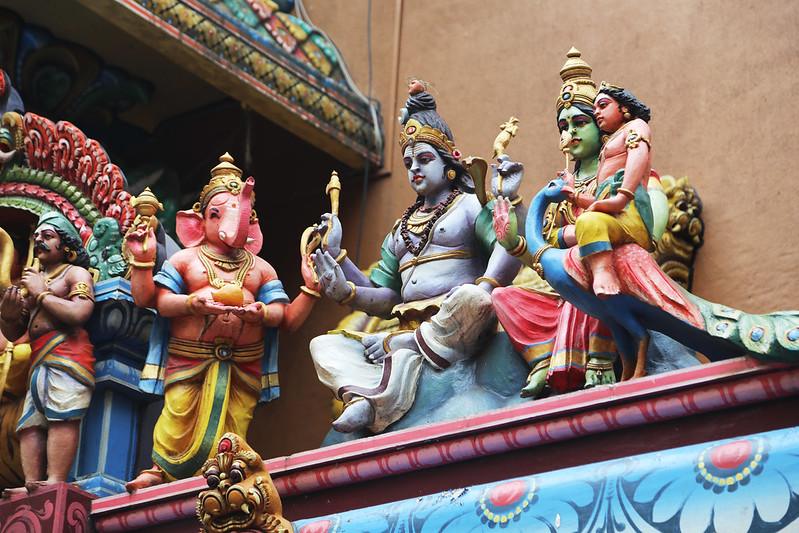
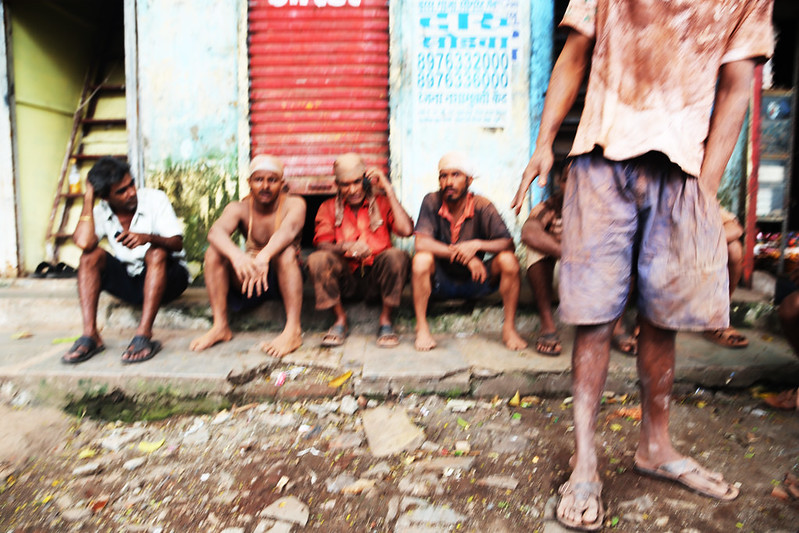
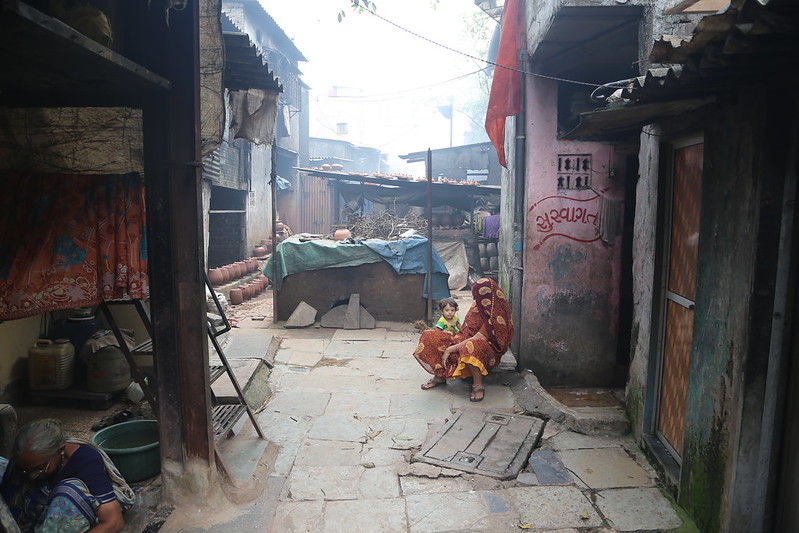
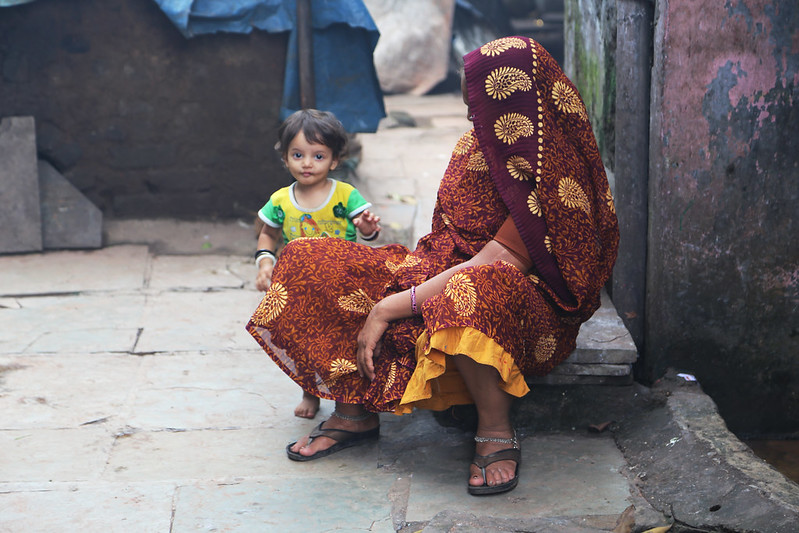

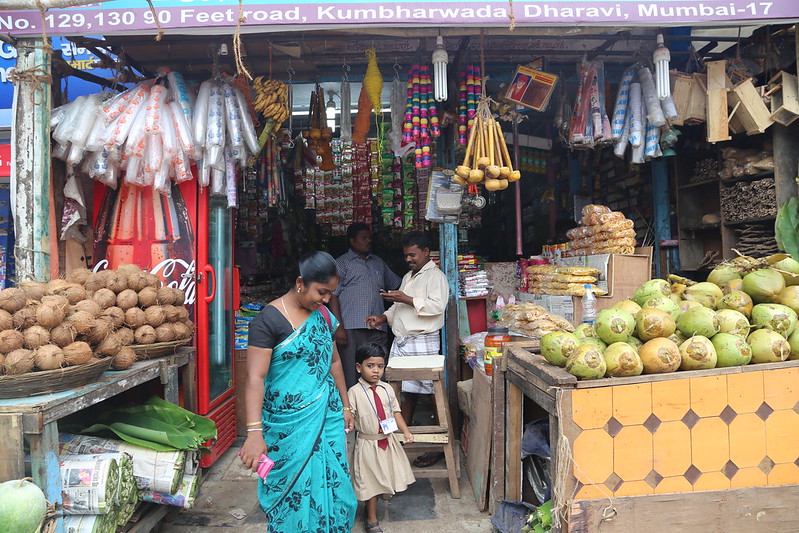




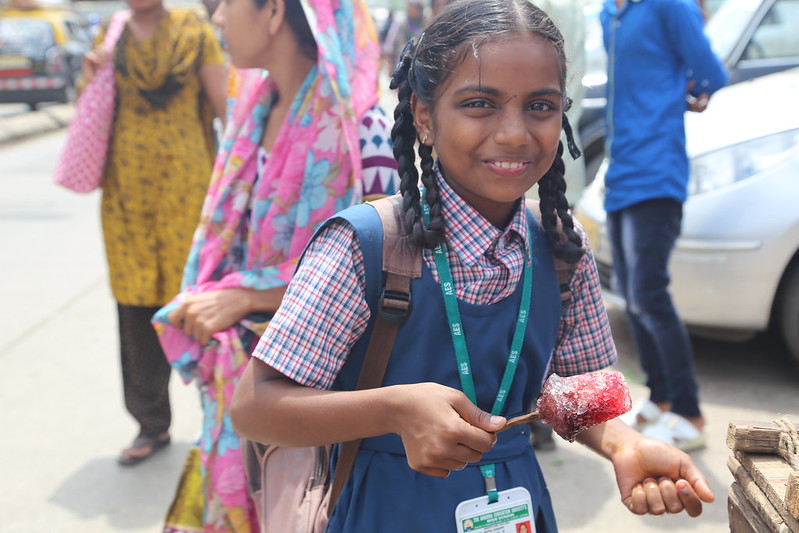
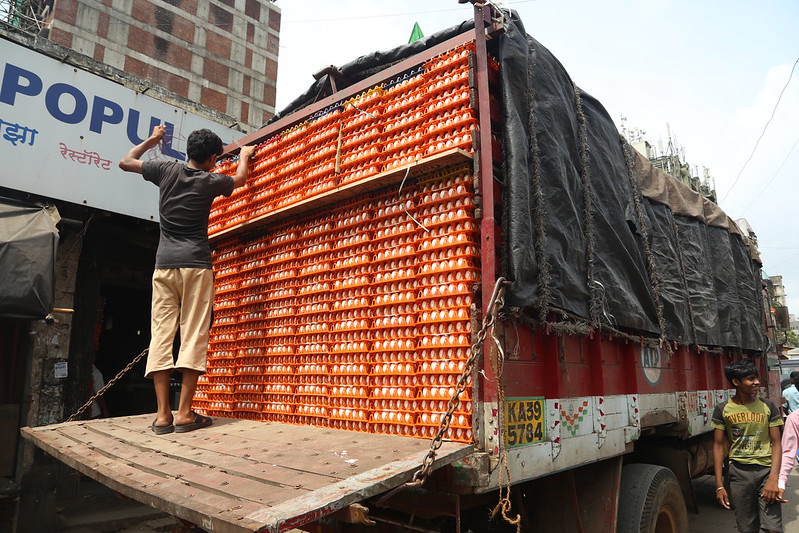

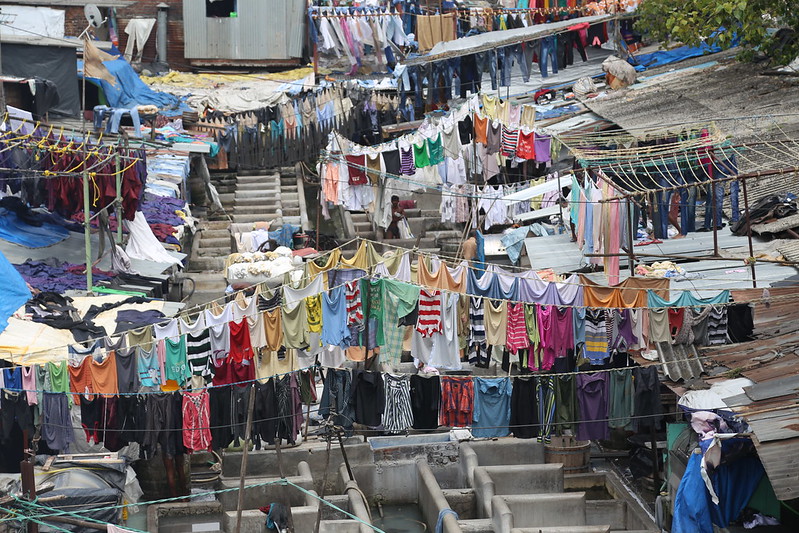
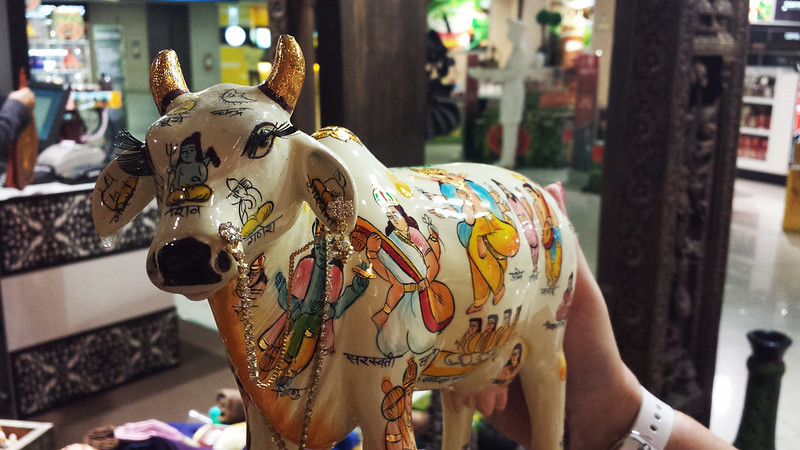

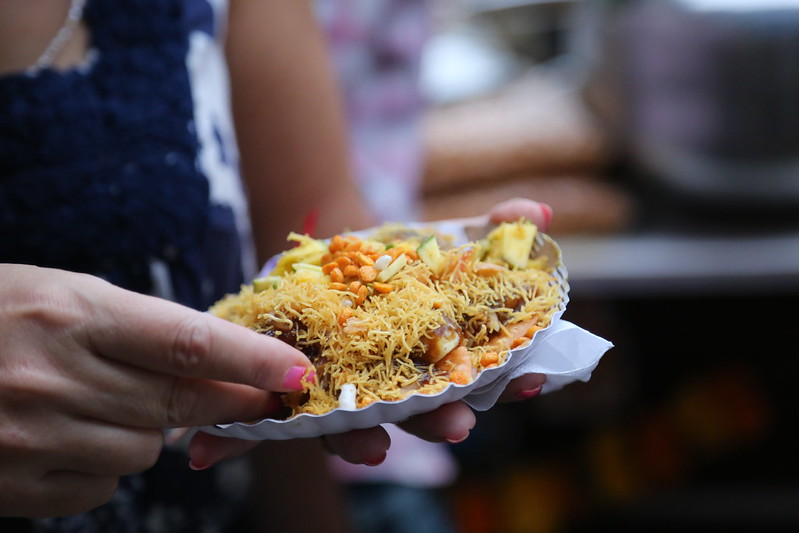
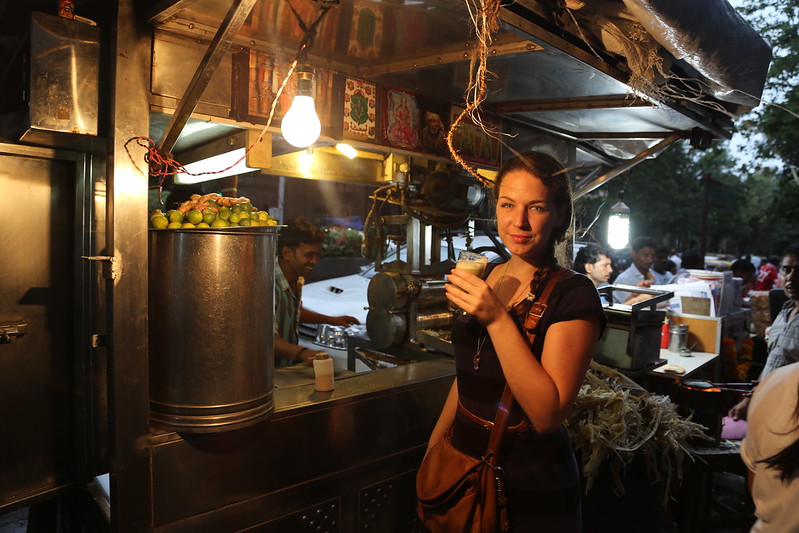
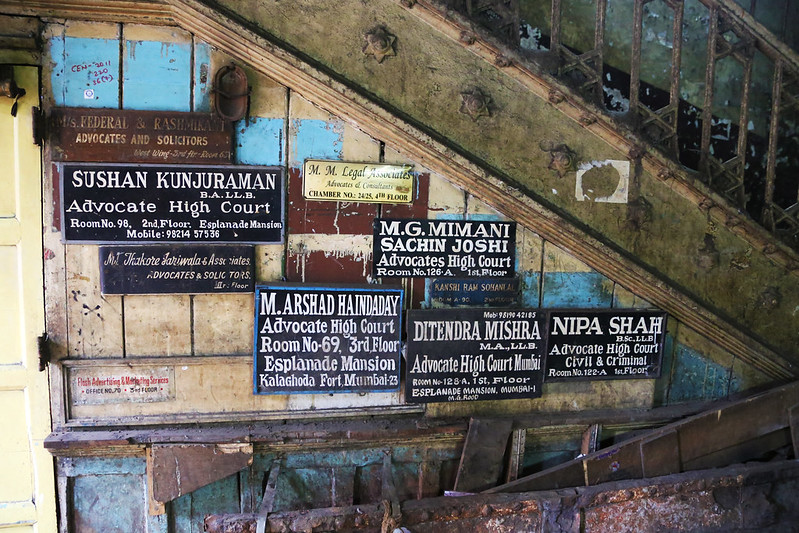




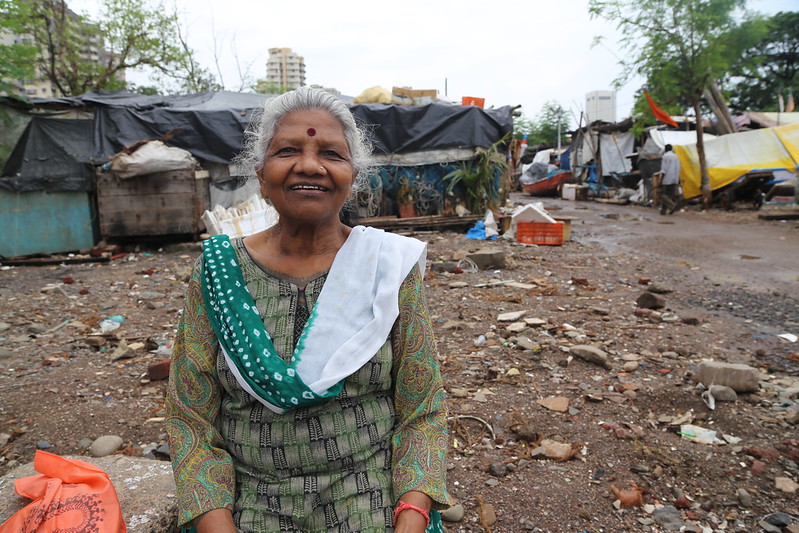
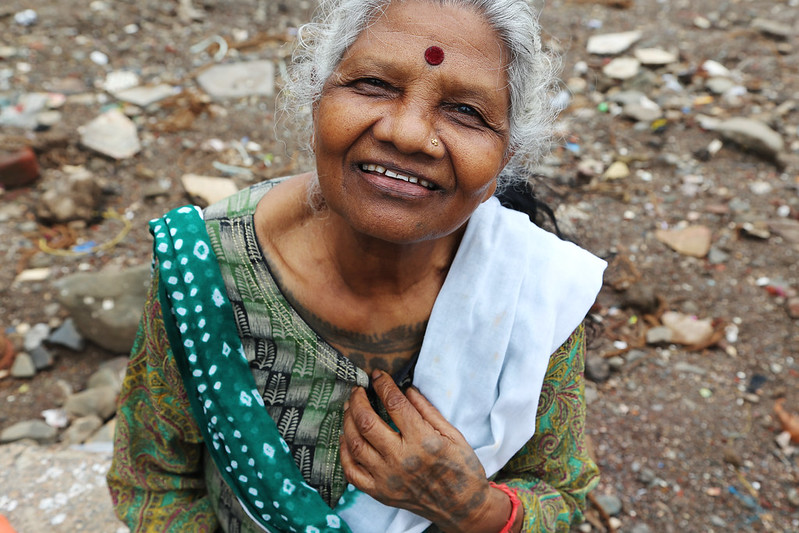

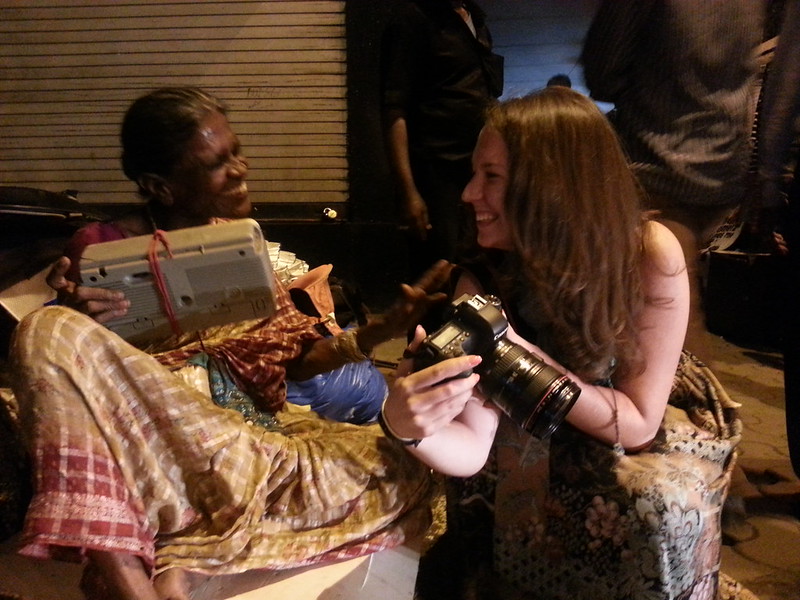


Jodhpur, also known as the blue city, is not a small place. Yet, it manages not to be too chaotic or dusty, and it is easy to get around by foot. We arrived after five hours in a taxi where my google maps app and gps clearly had saved us from getting completely lost – the taxi driver spoke no word of English and clearly had no idea where we were going. As always, things work themselves out and we found a nice guesthouse we wanted to stay at. In Jodhpur, we took up some of the touristing, visited the beautiful Mehrangarh Fort and the clock tower, had nice lunches, a pedicure session, a private cooking class with the owner of our guesthouse and a look at very sparkling jewelry. It was nice, and still as blue as I had remembered it.
(Edit: If you want more practical information, you can check out Pankaj’s website about Jodhpur, his own town.)
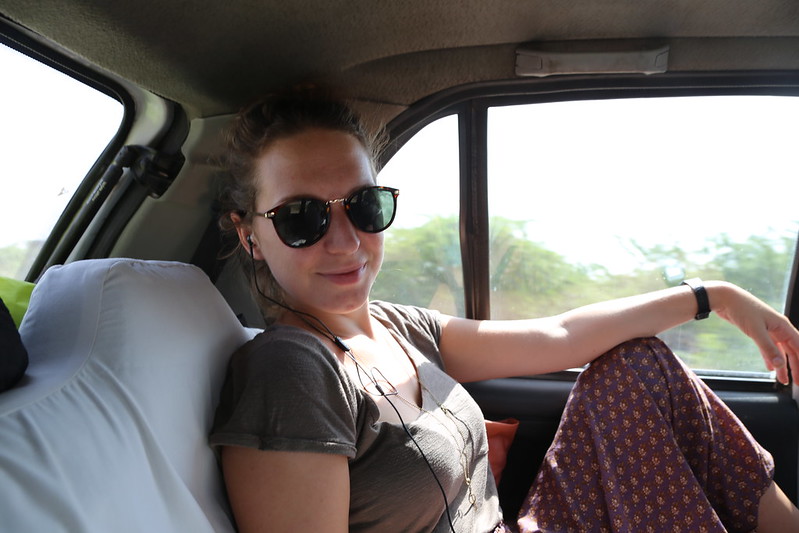

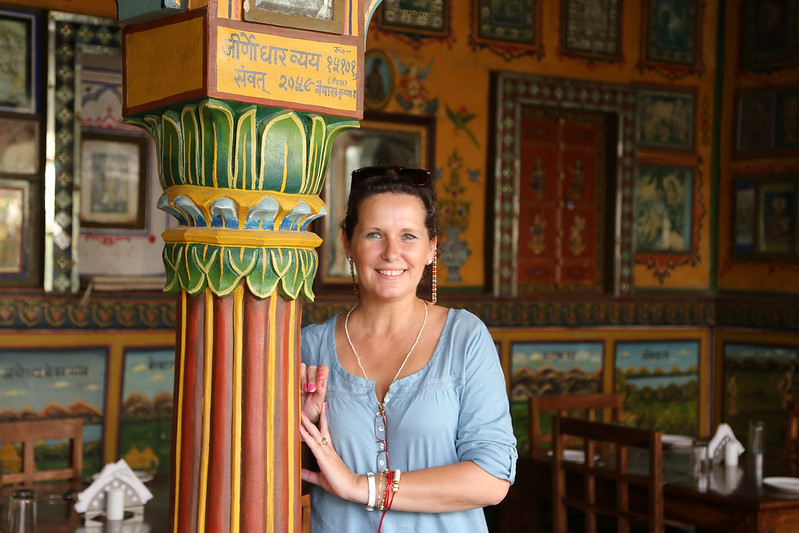
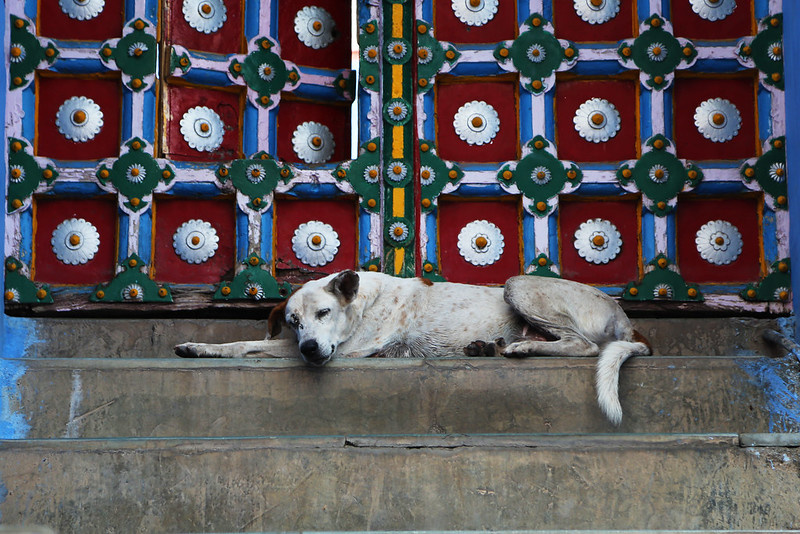
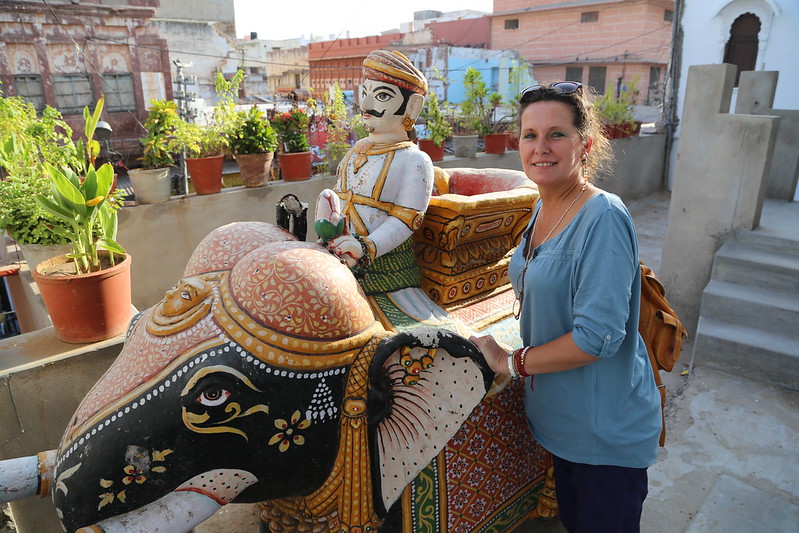
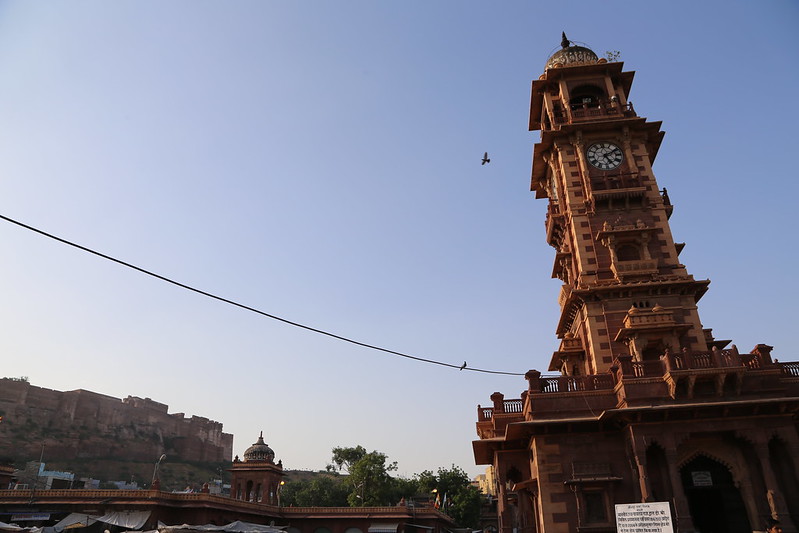
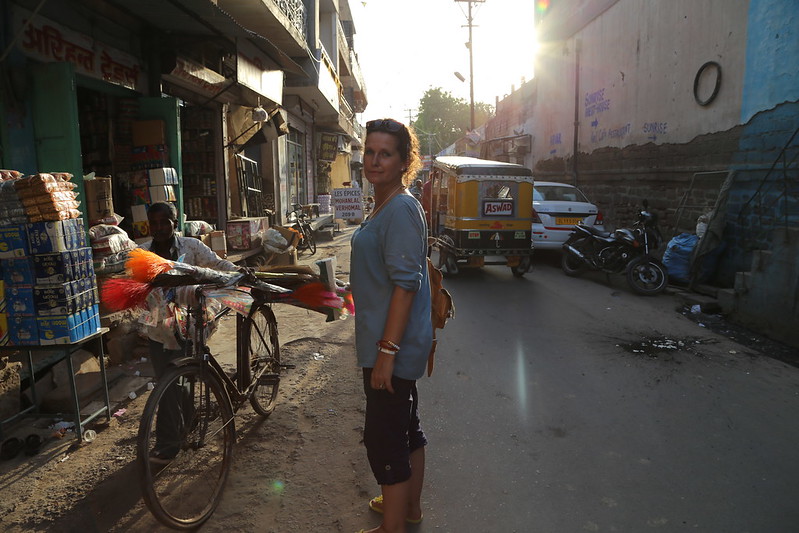
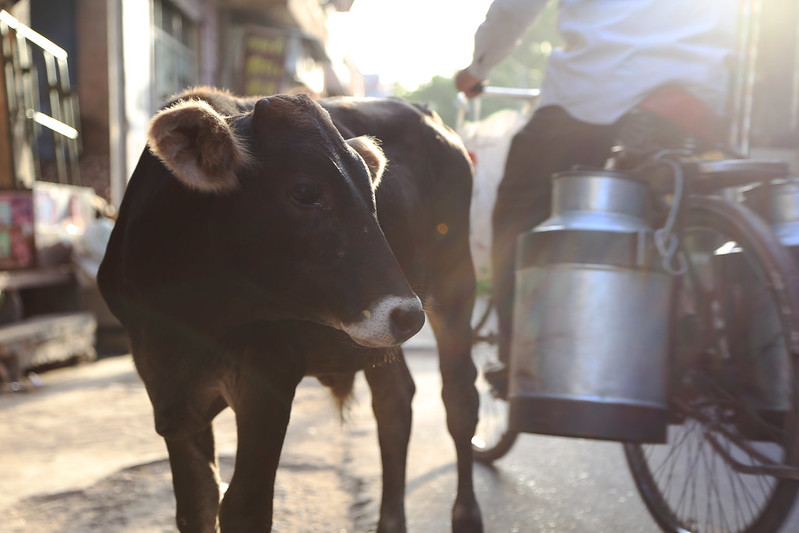
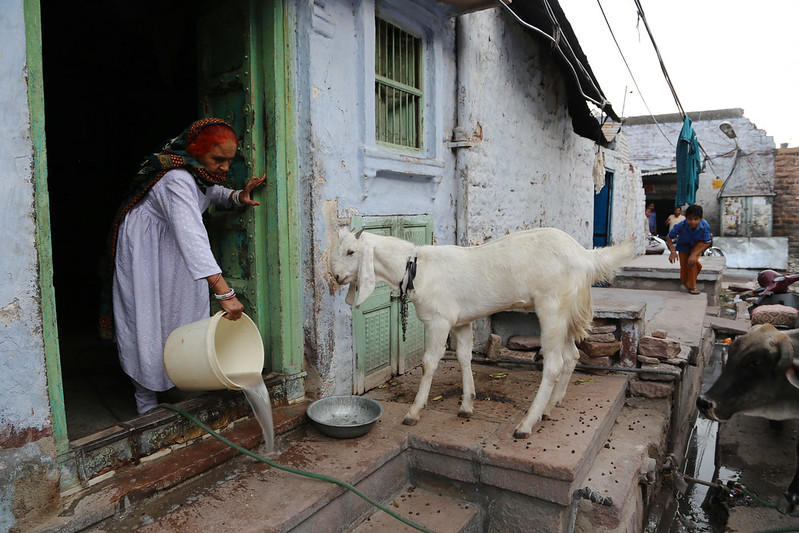
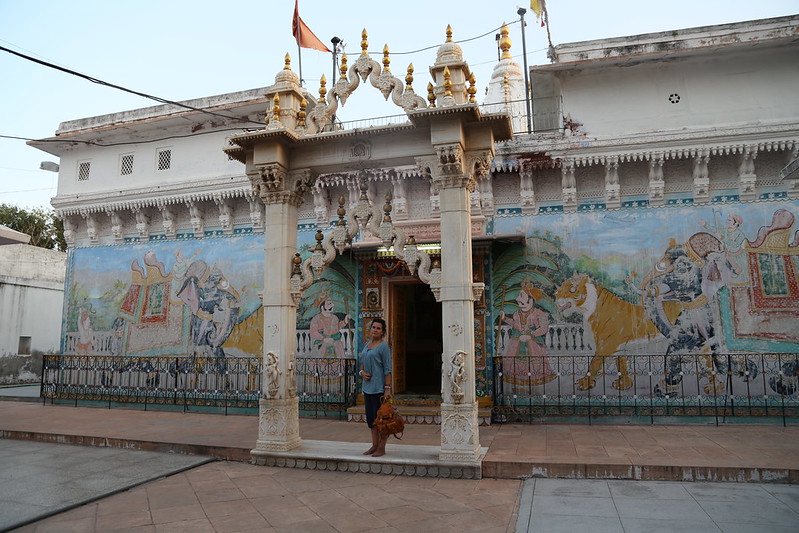
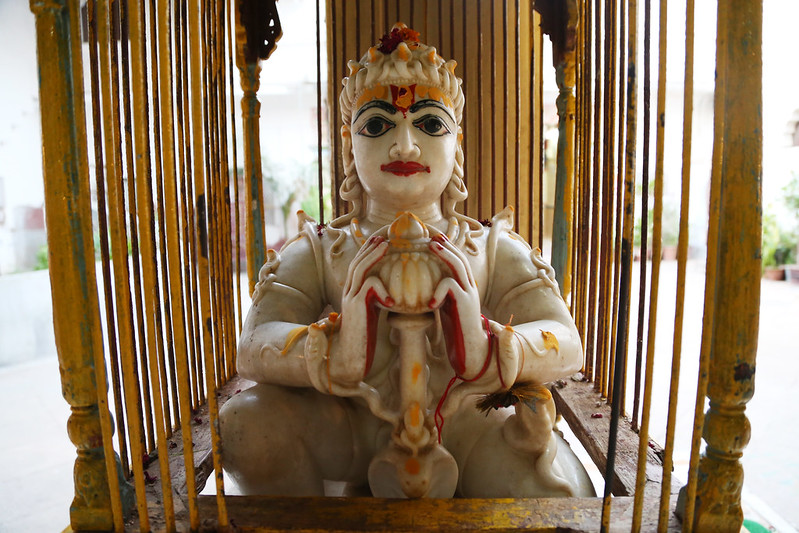
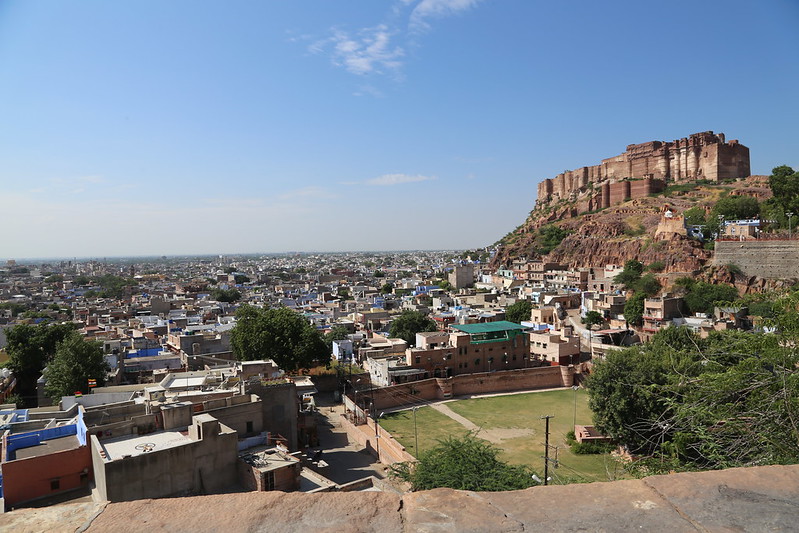
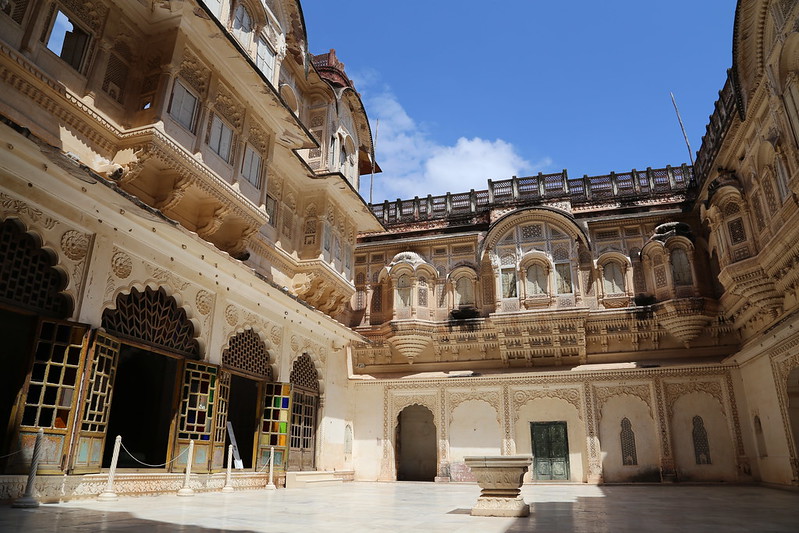
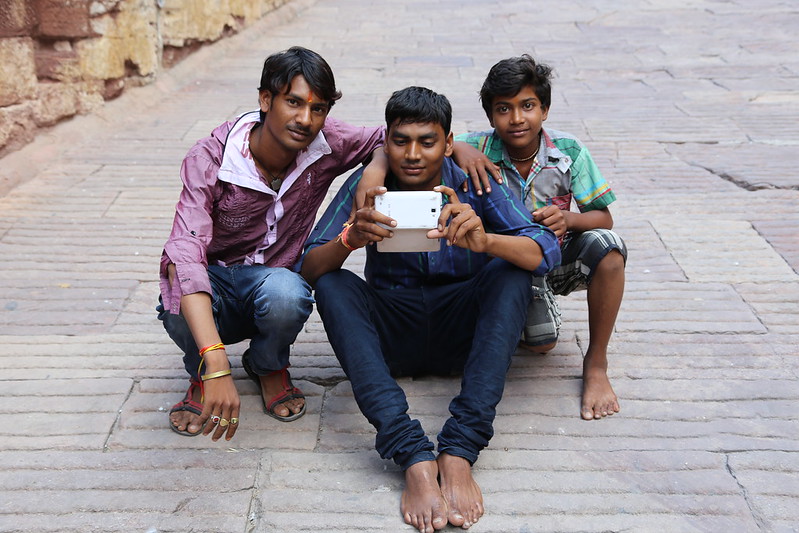

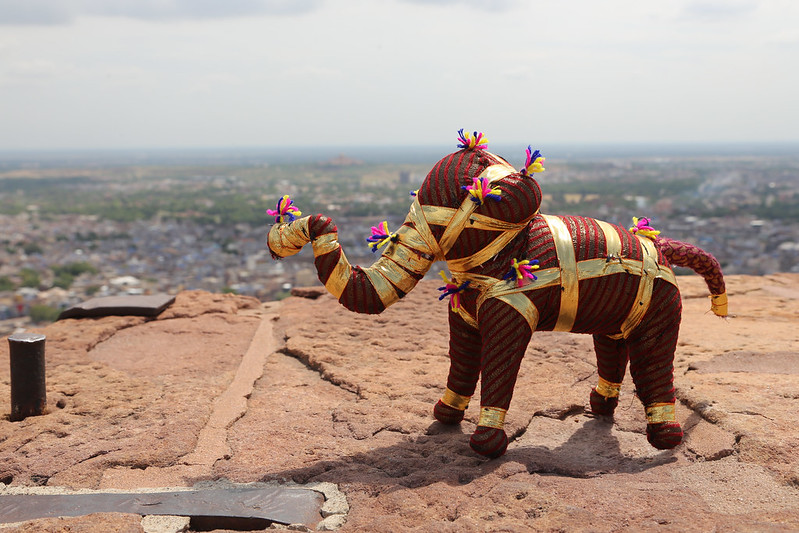


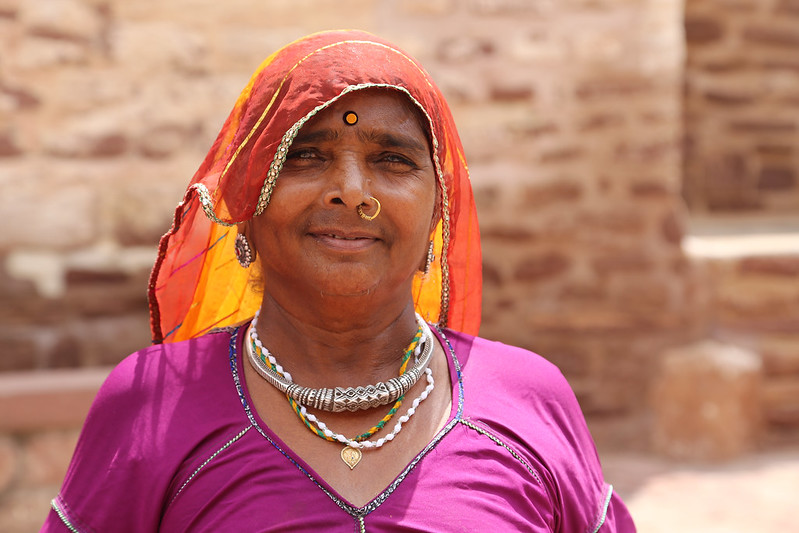

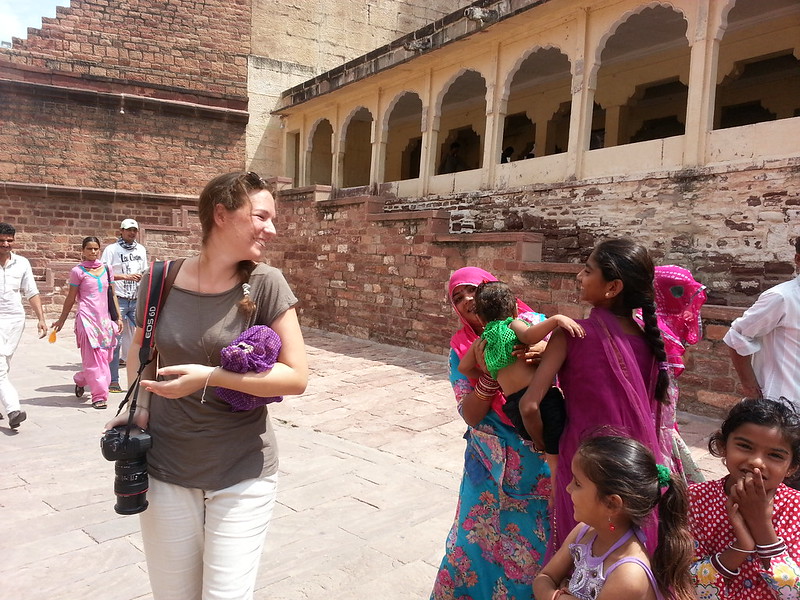
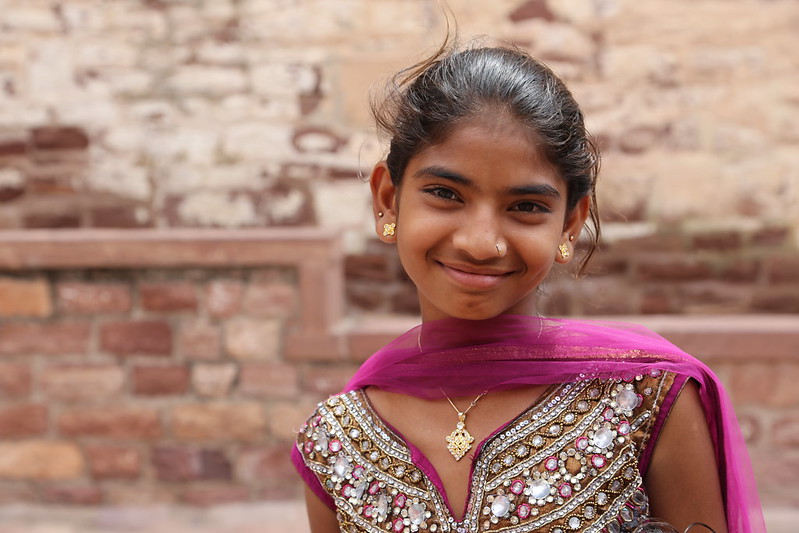
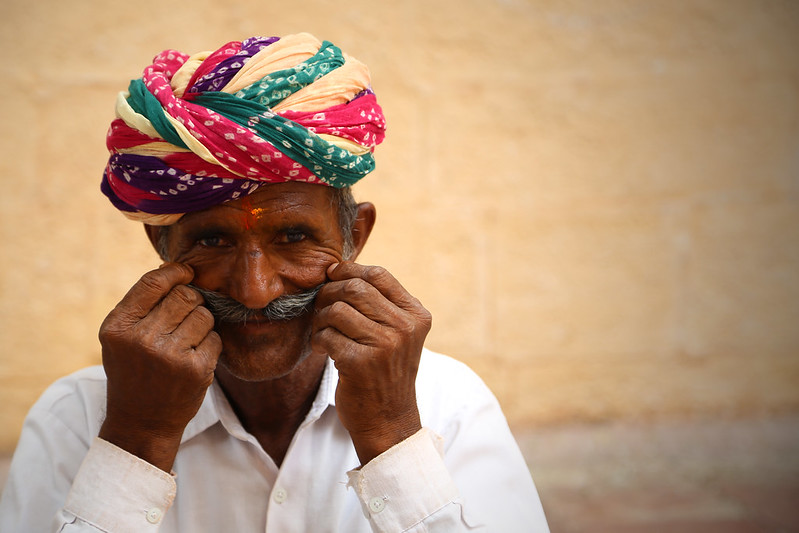

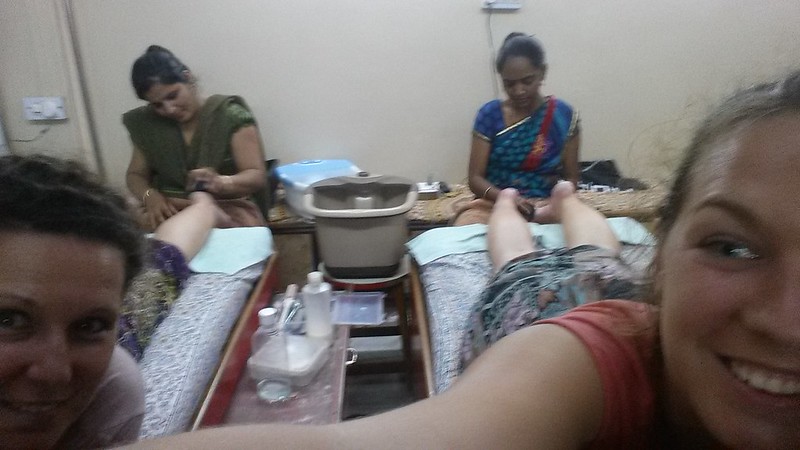
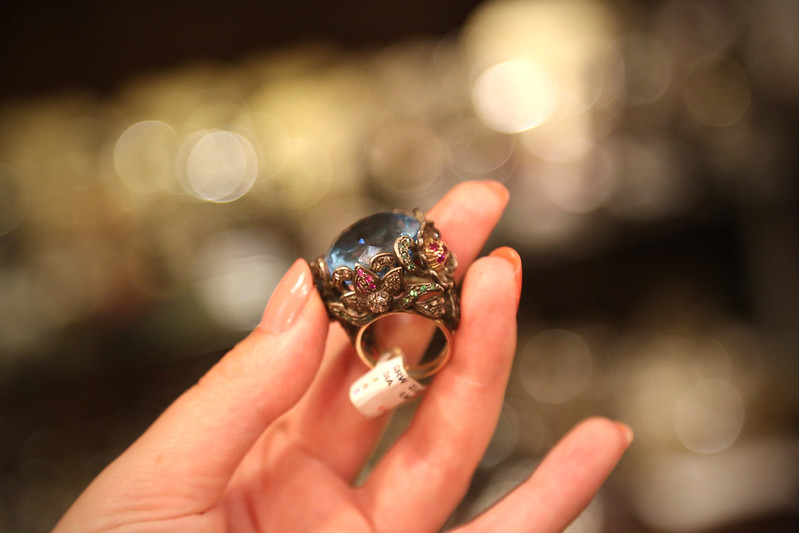

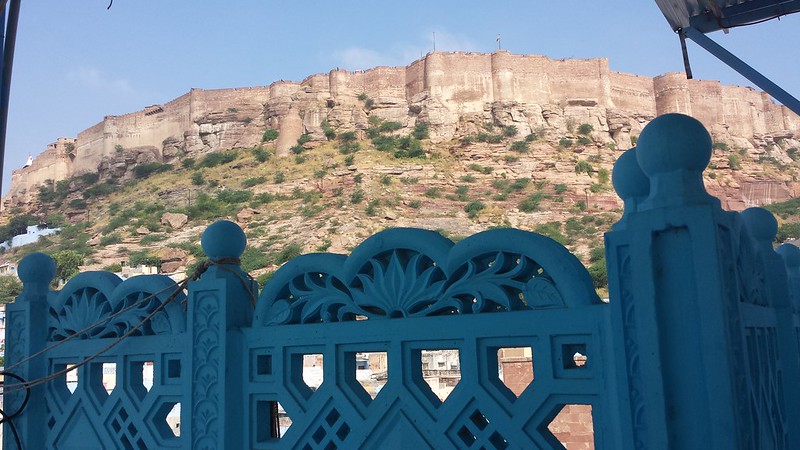
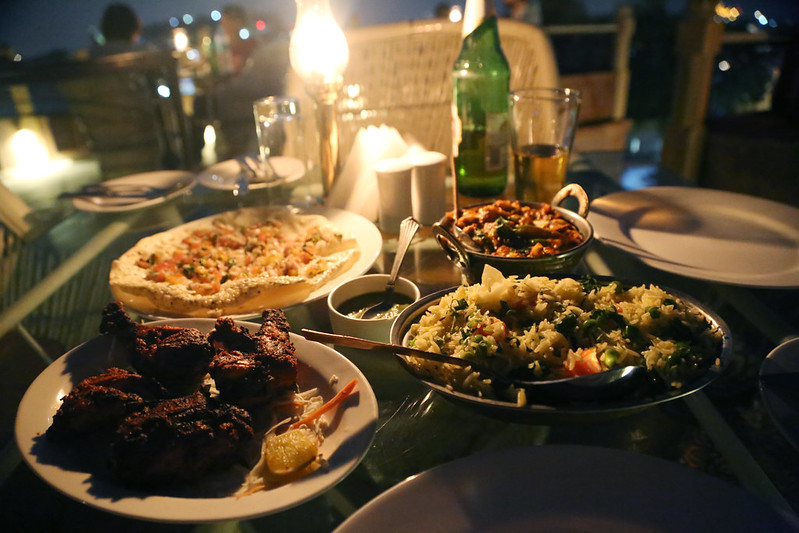


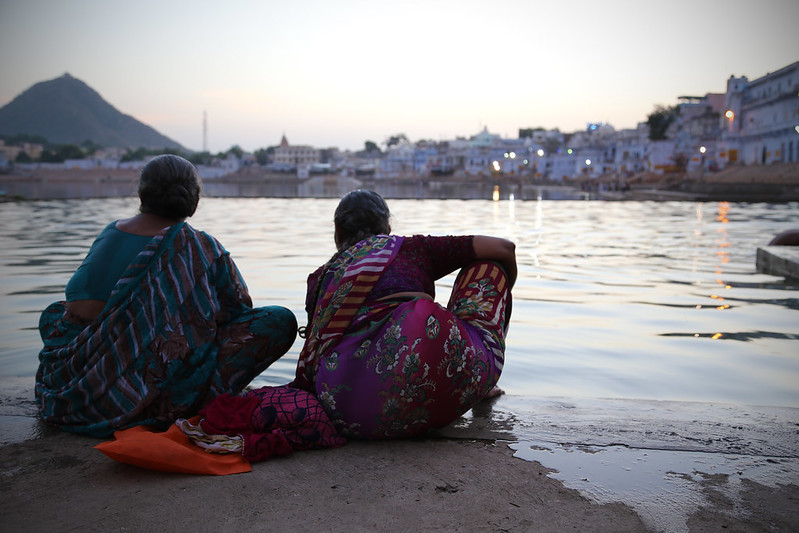
We took a taxi to the beautiful little town Pushkar, one of the most holy places in India, after the train from Jaipur had dropped us off at the Ajmer station. We decided to check in at a TripAdvisor #1 and true gem worthy its name; the Seventh Heaven Inn. Without any doubt the most beautiful and pleasant place we stayed in during our entire trip. In Pushkar, I reconnected with India again after a couple of busy days of exploring, and enjoyed the simplicity in just walking around, talking to people and photographing. We didn’t have much of a plan in Pushkar – as there simply isn’t much to do apart from walking around and trying to take in the tranquil ambience, which for me was absolutely perfect. It was so nice and flowing we decided to stay longer, our room was bright and airy, and the internet connection was great, allowing me to continue my job application spree and small consultancies. I thought a lot of the last time I stayed in Pushkar, where I also got to know the two Italians that I traveled with for more than two weeks. It was all lovely and both my mother and I were happy with what Pushkar had to offer. What also happened was that we got so comfortable that when the time came to decide for our next step, we decided to move on by cab to the very blue city of Jodhpur. Trains and buses simply weren’t convenient nor time efficient enough, and comfort and time had become a priority as we were reaching the end of our trip. More on Jodhpur in the next India post, and then there’s only Mumbai left.
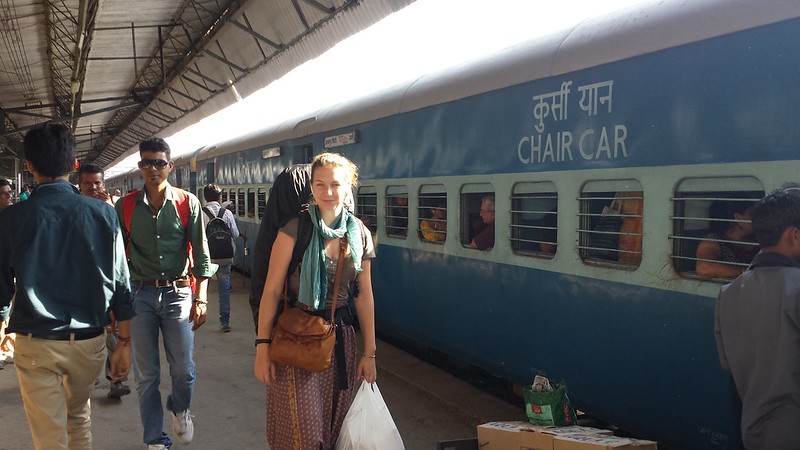
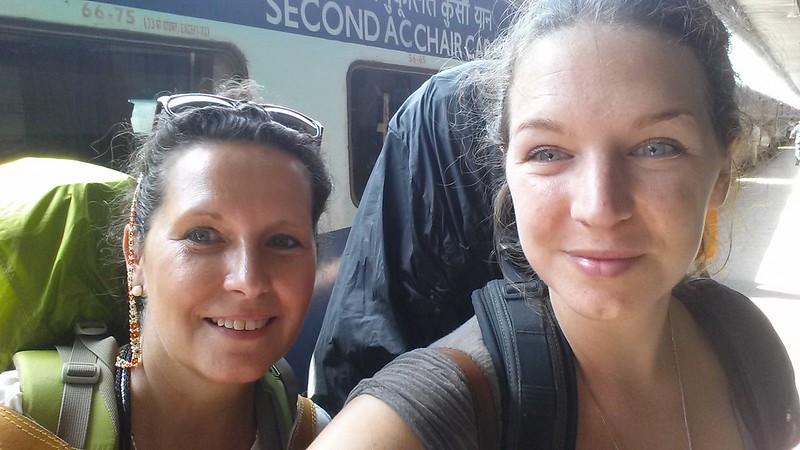
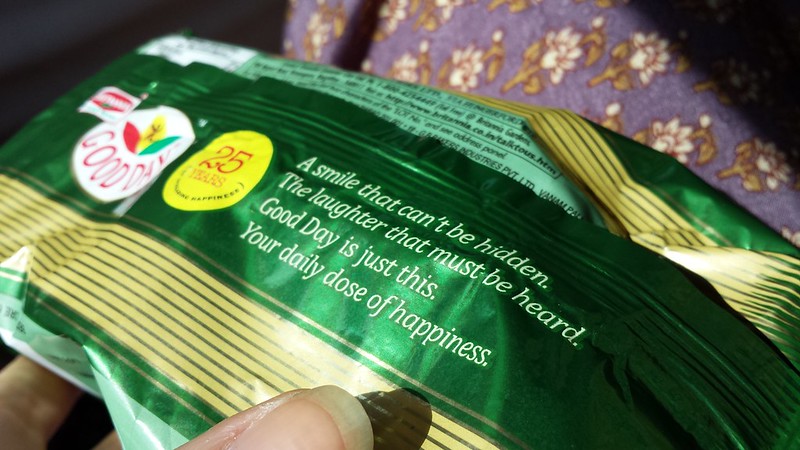

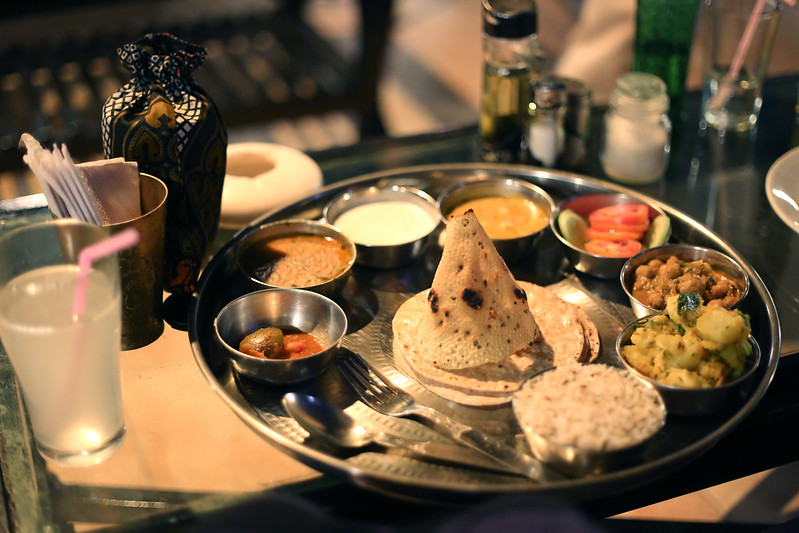

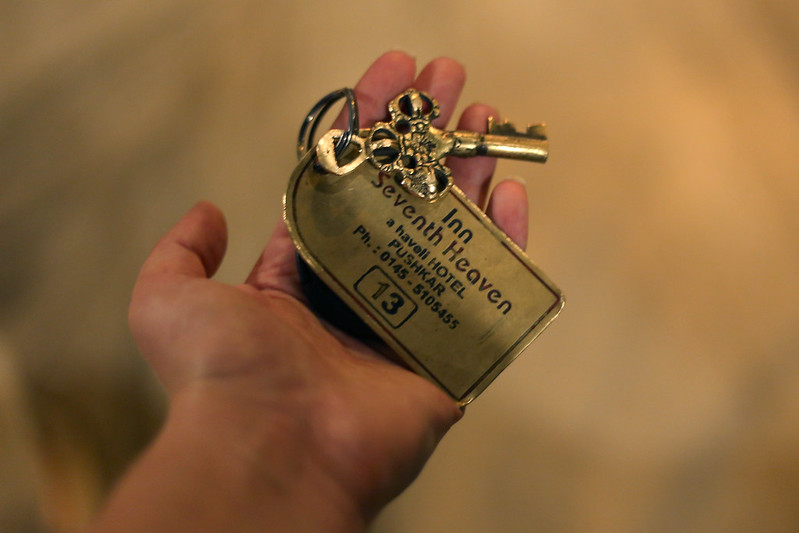
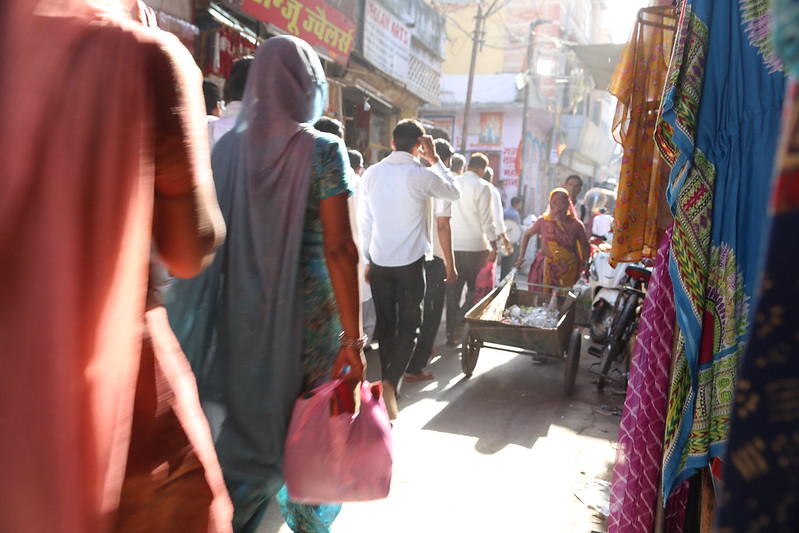

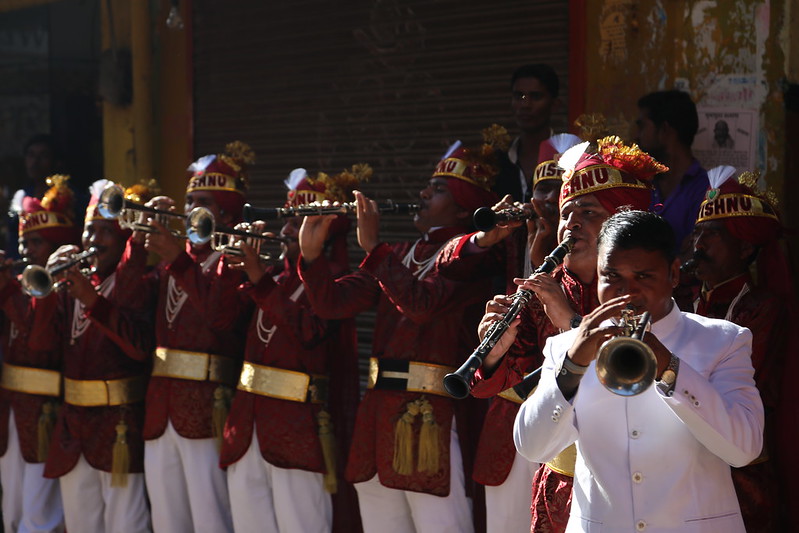
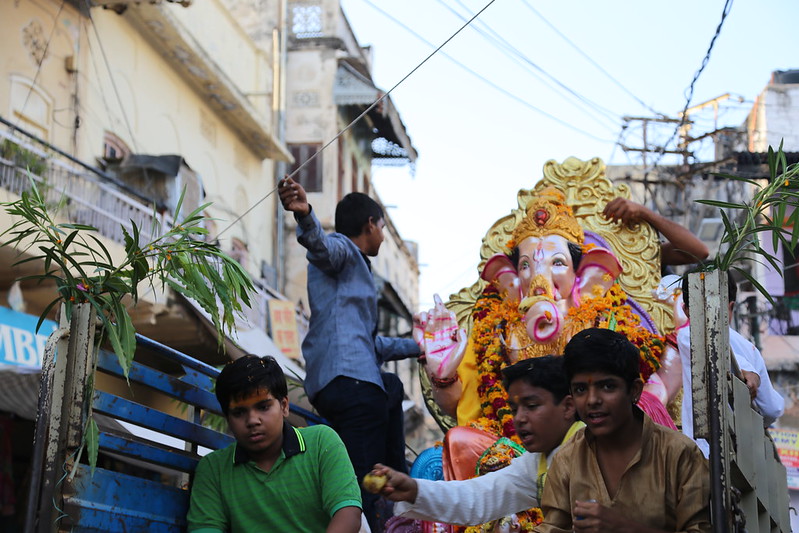
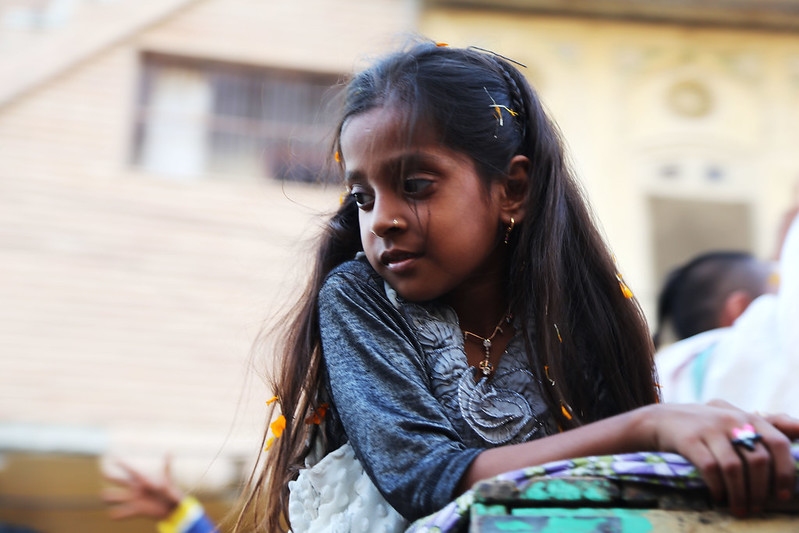
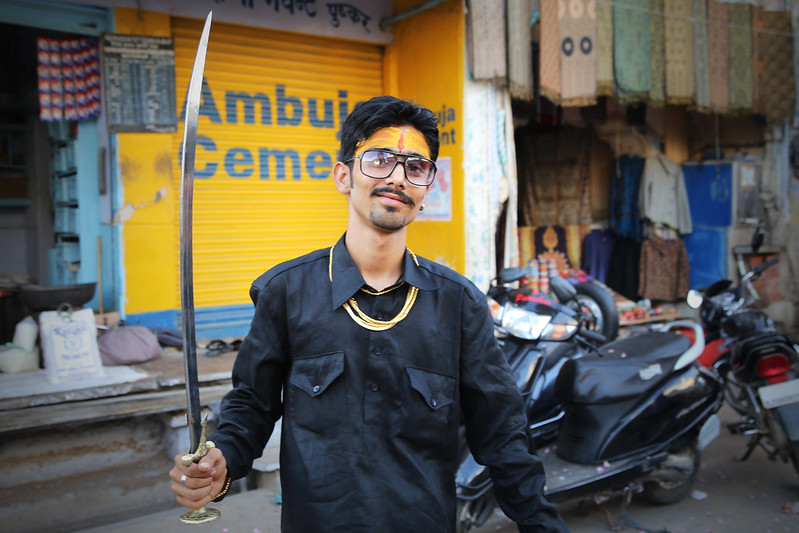
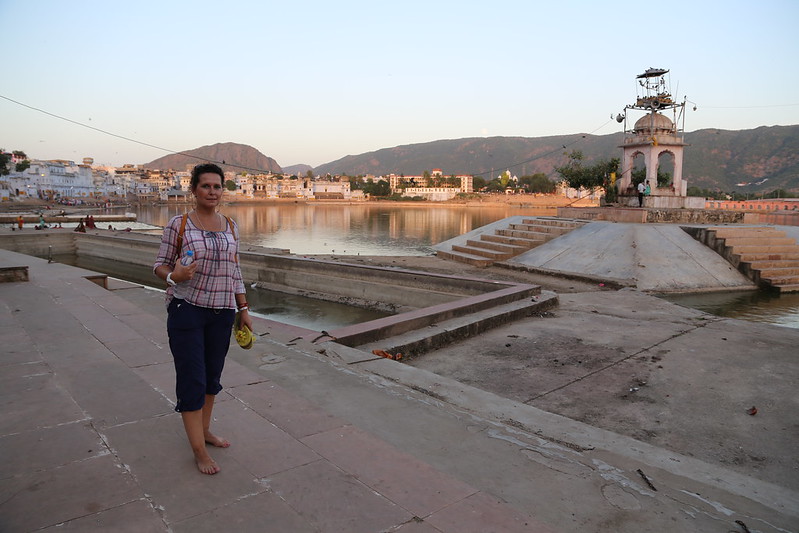
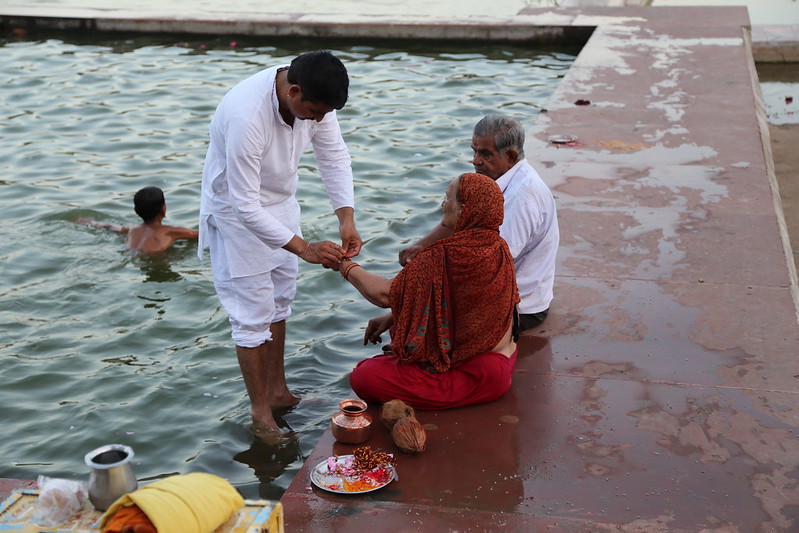
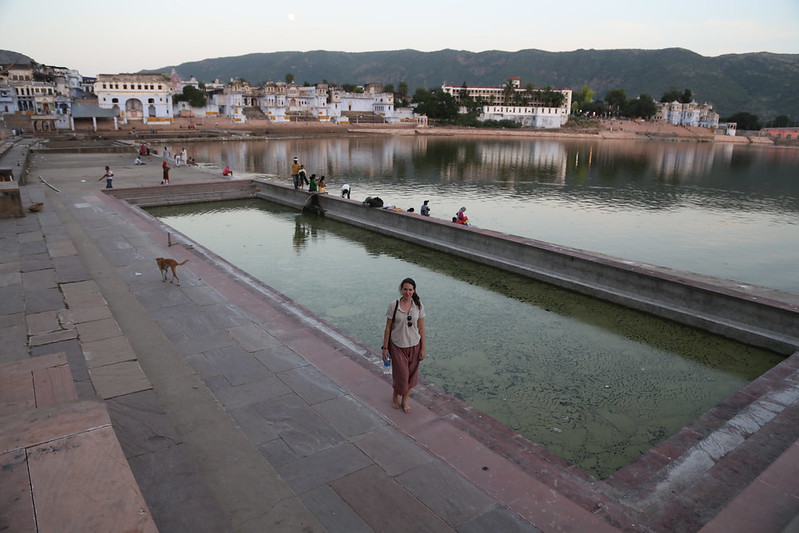

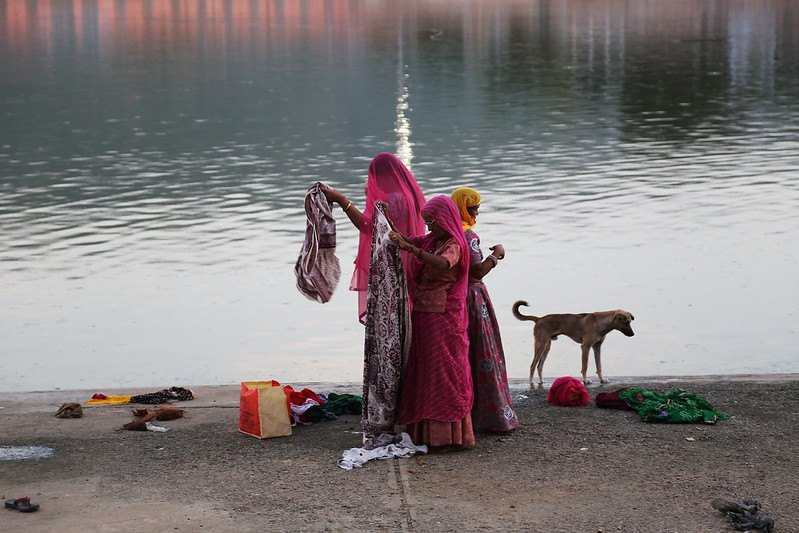
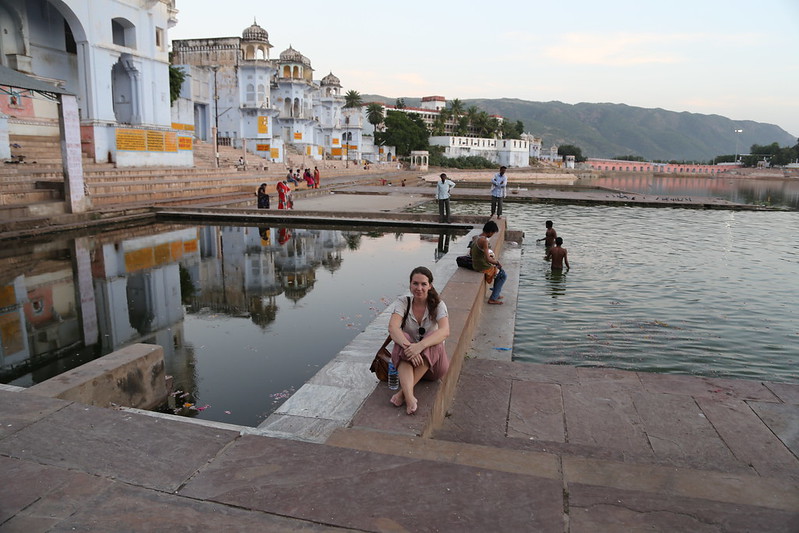
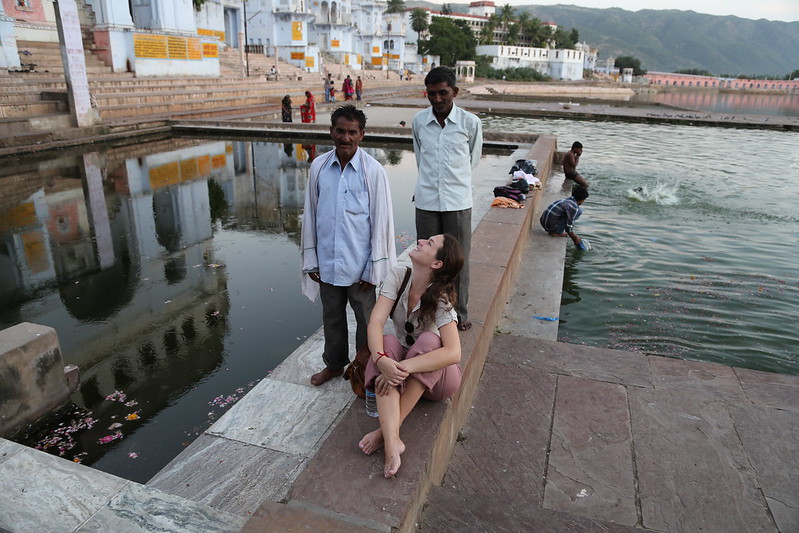
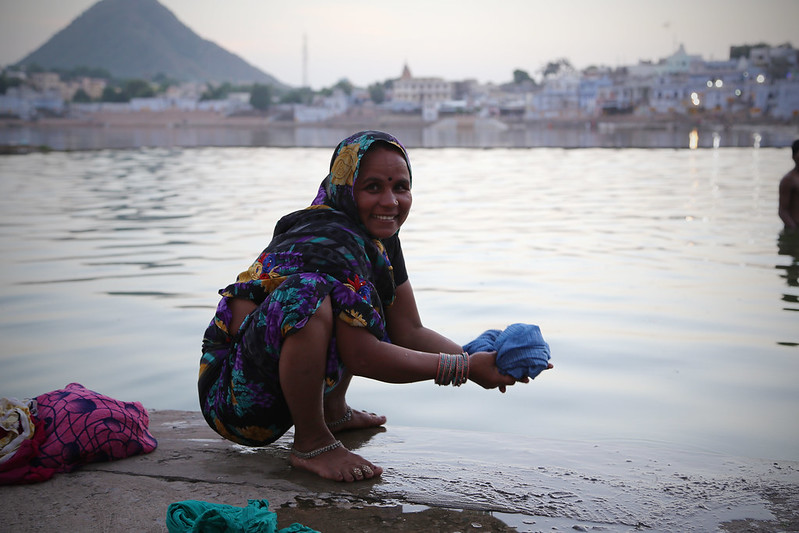
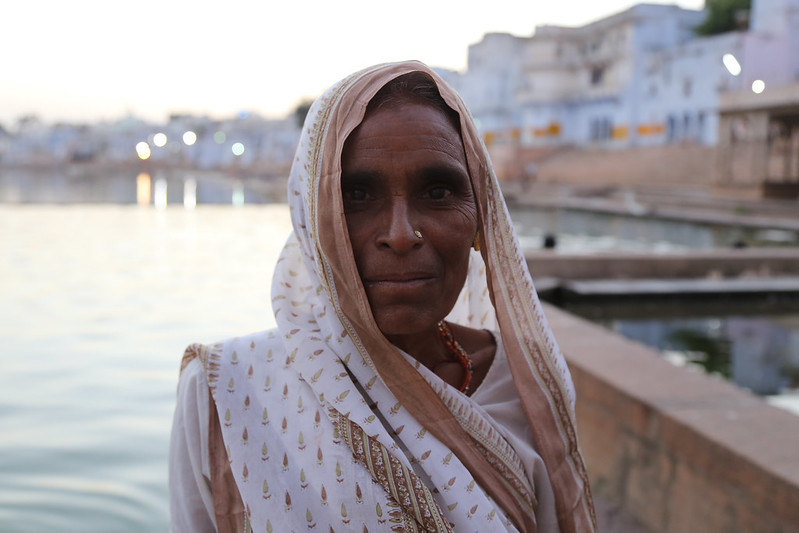
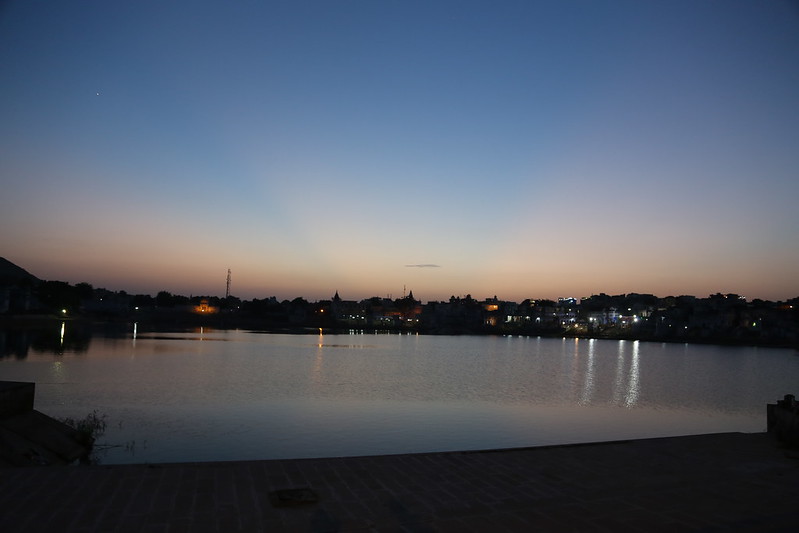
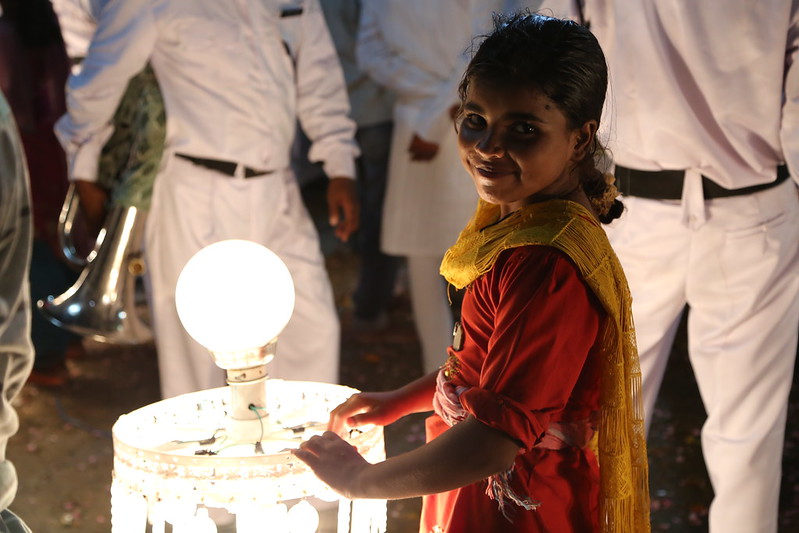

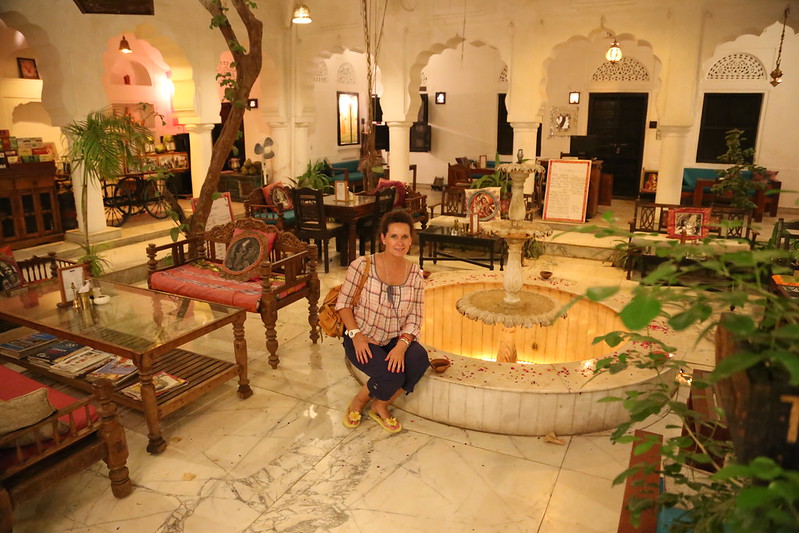
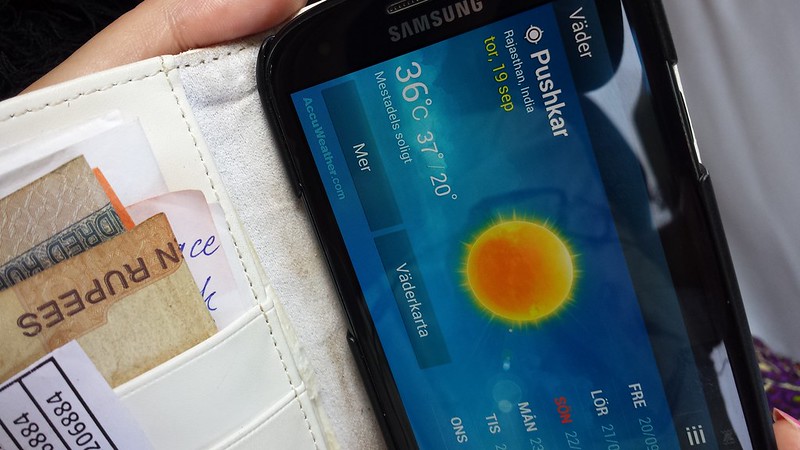
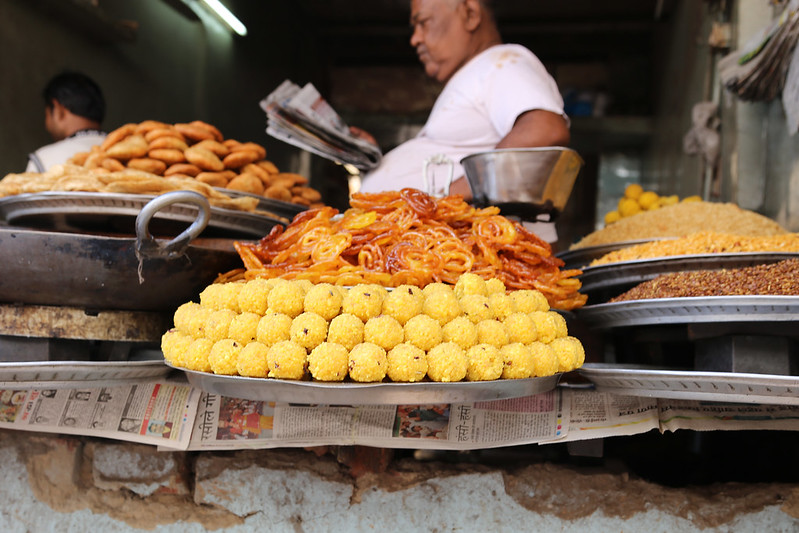
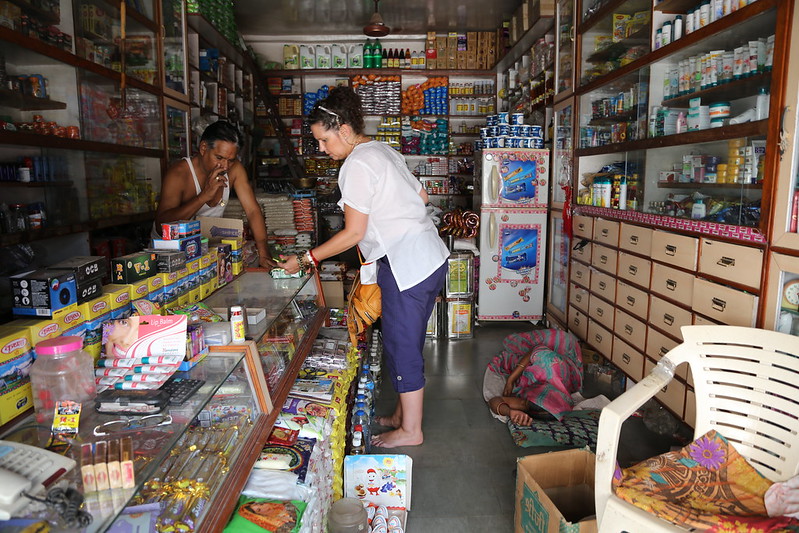


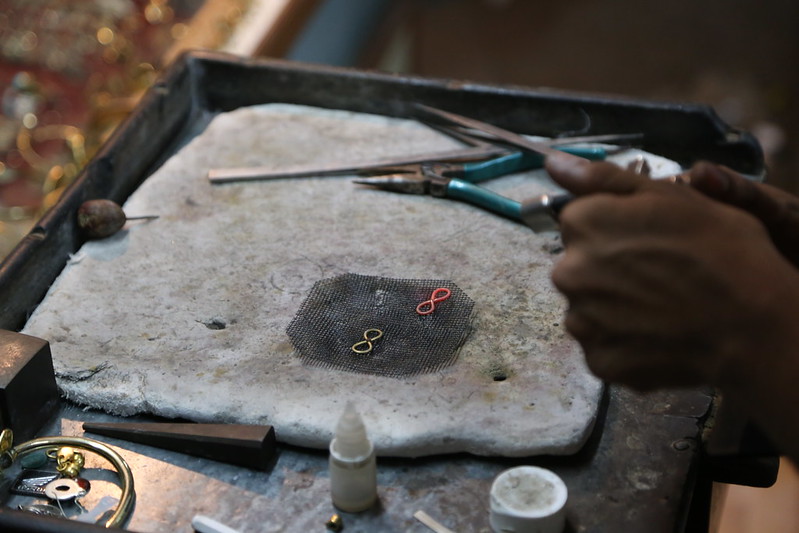

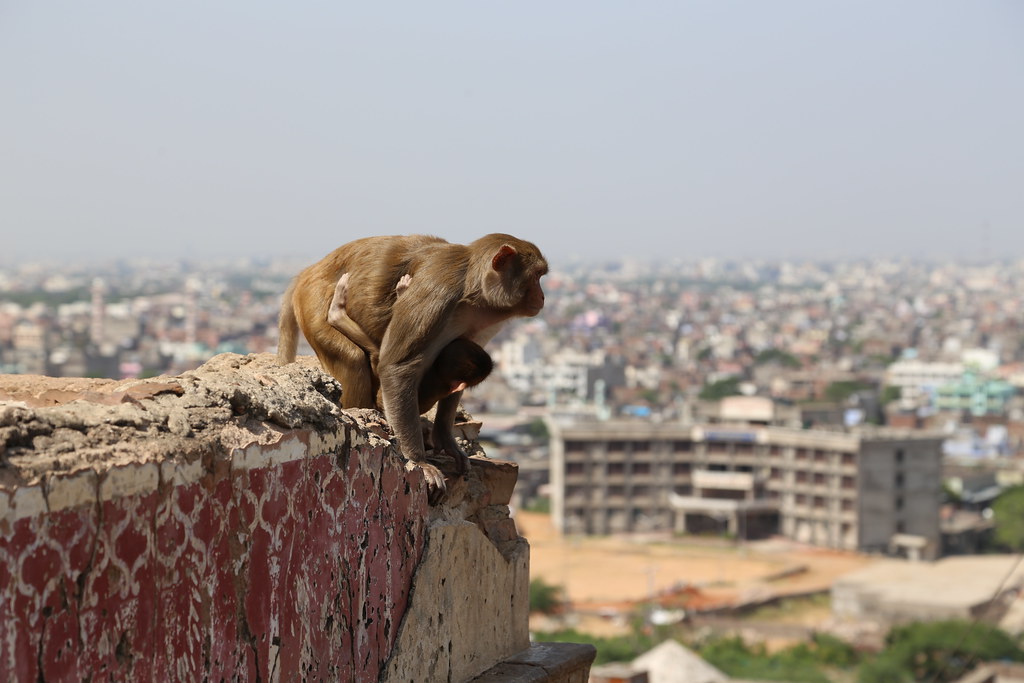
Here are the photos from when my mother and I visited the pink city Jaipur in India last year. I had been there three years earlier, but wasn’t very impressed at the time as it’s a busy, grey and dusty city where people aren’t very keen on stopping to have a talk. Going with my mother, however, was very different as she really insisted that we visit all the different temples and attractions around. I’m more of a people person than a building person – but I did get to photograph a couple of interesting faces, play with monkeys, and see a lot of cool, colourful buildings. Still not particularly pink, but beautiful.
On our second day in Jaipur we went to the impressive Amber fort, which I remember really enjoying visiting last time – it was still as interesting.

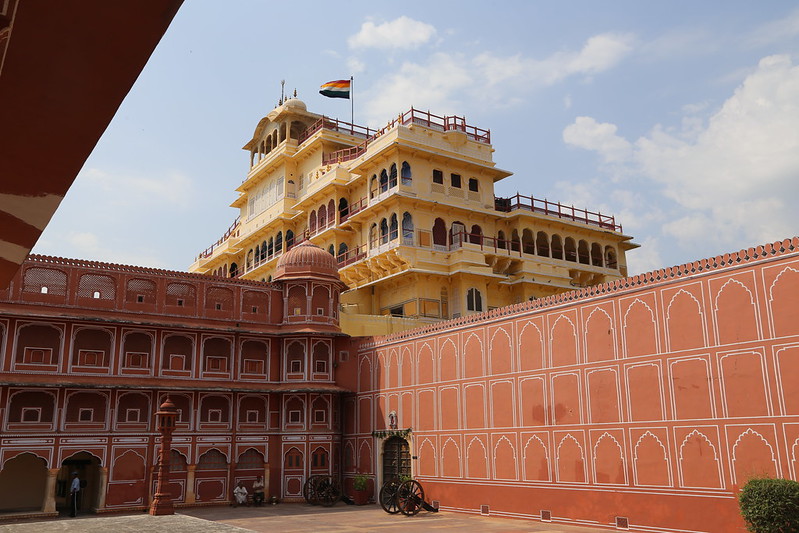
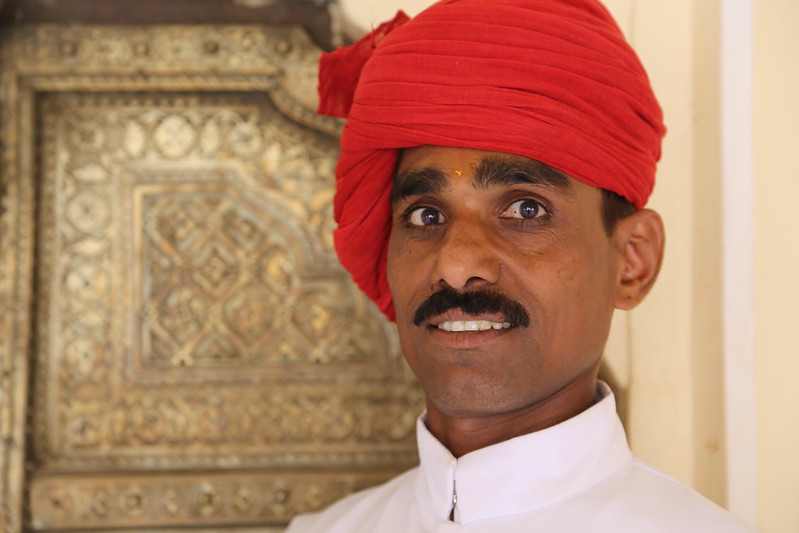

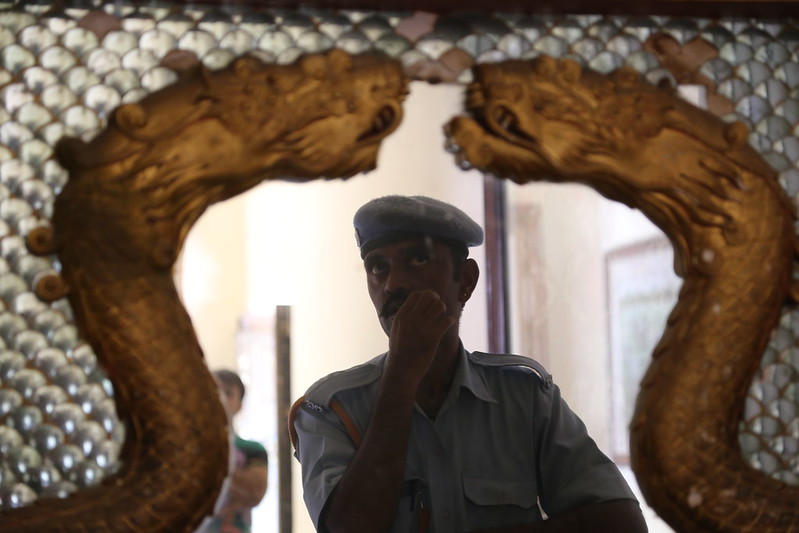
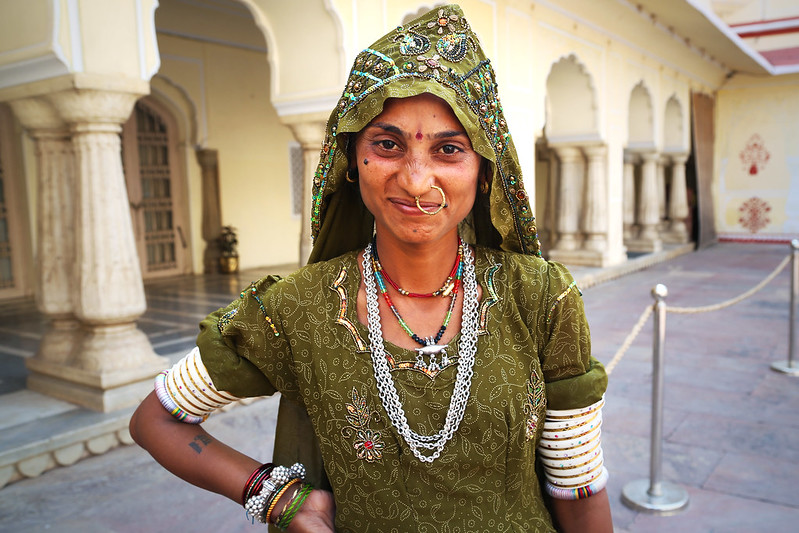
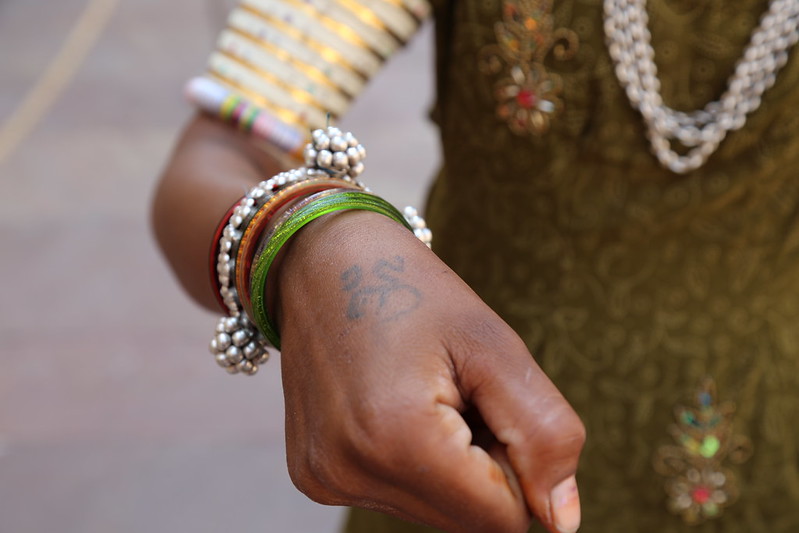

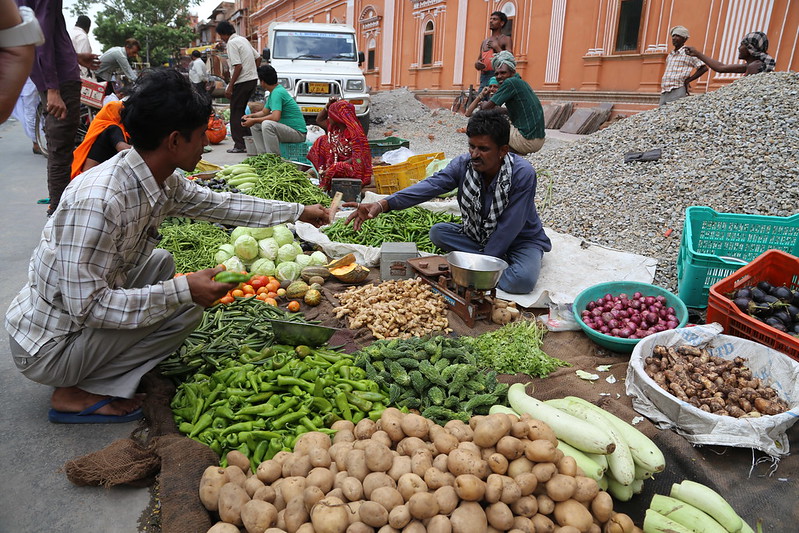







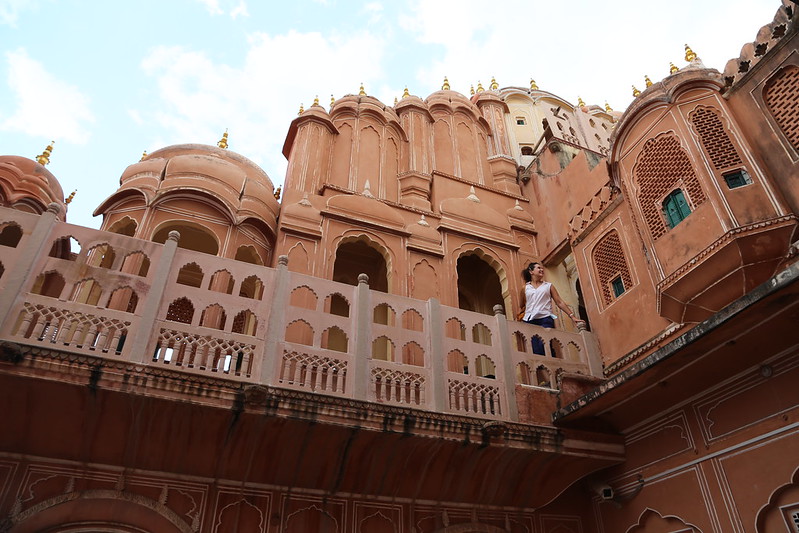
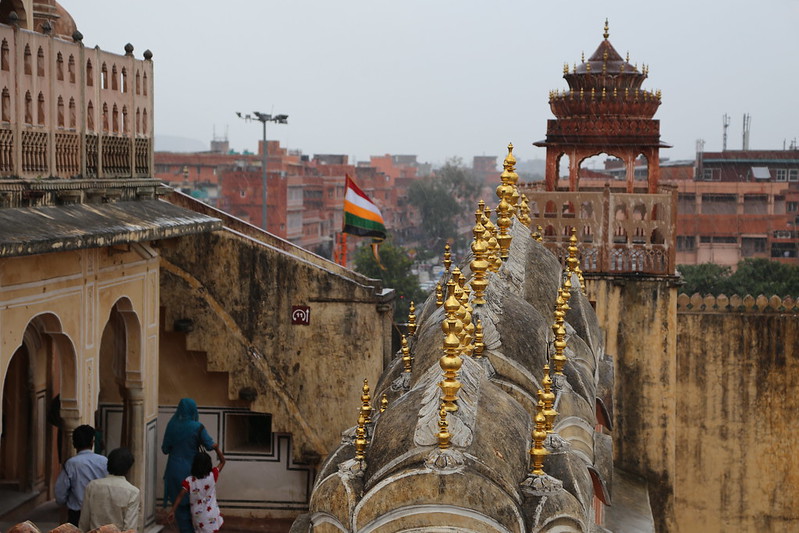
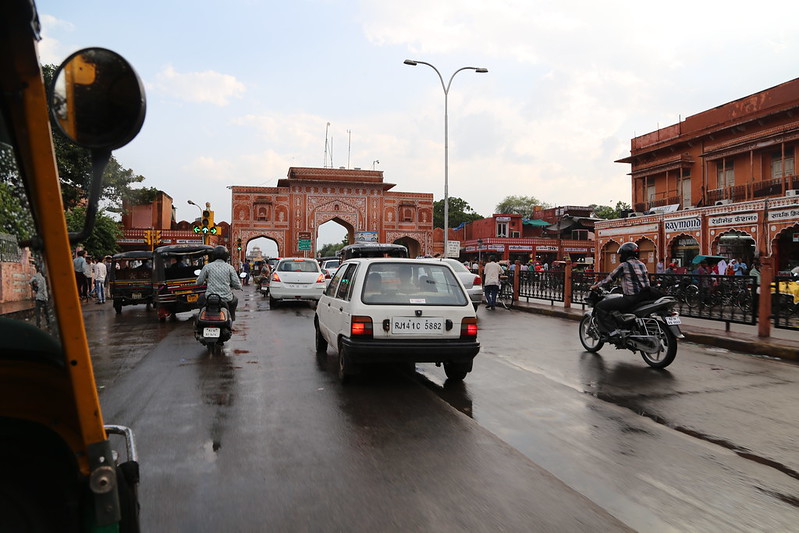
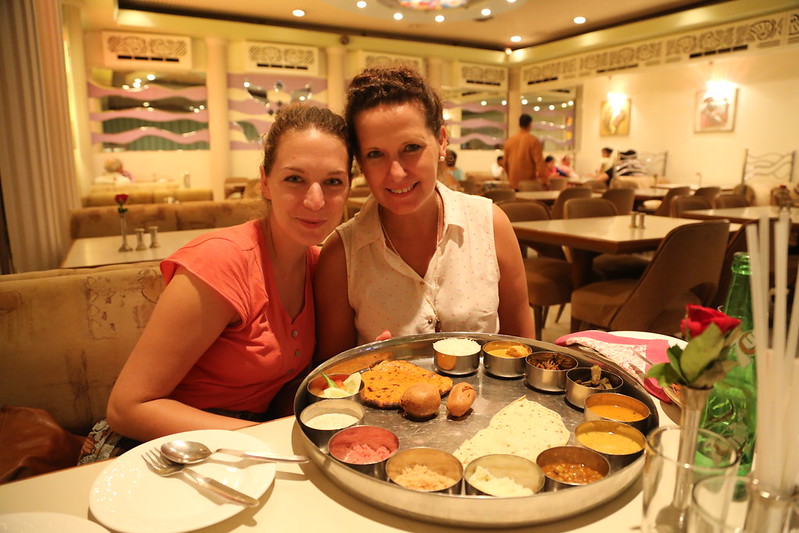
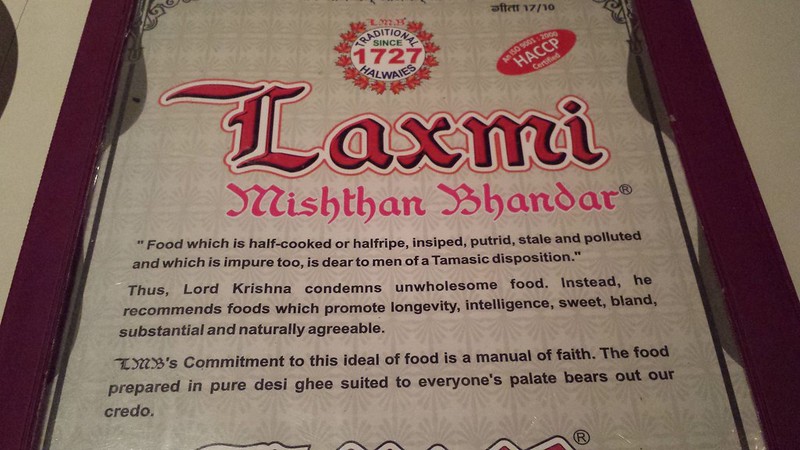
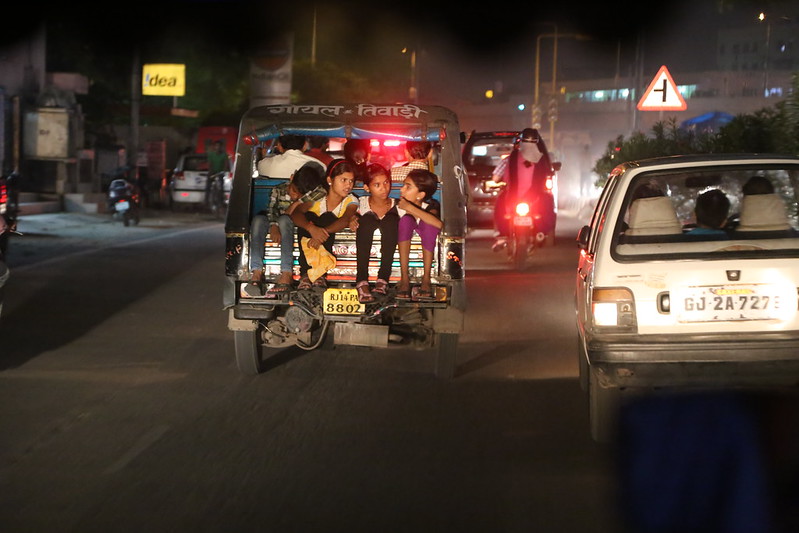

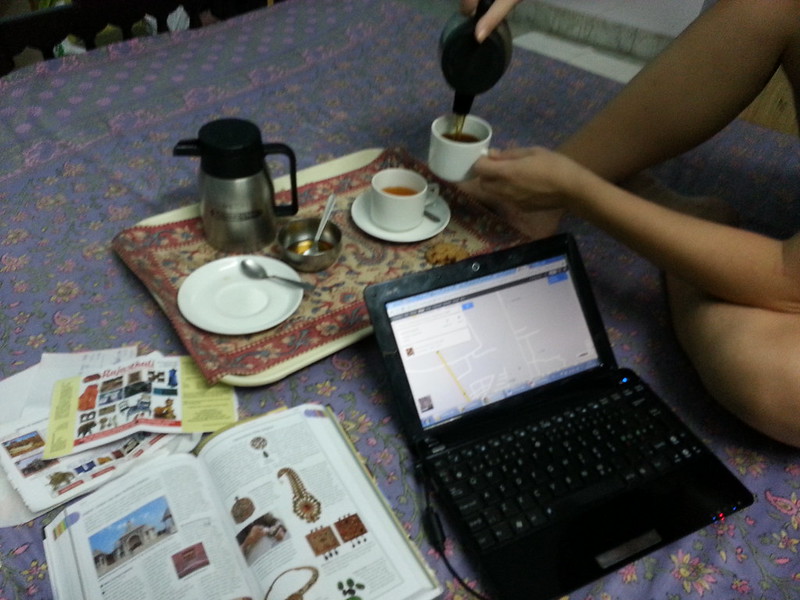


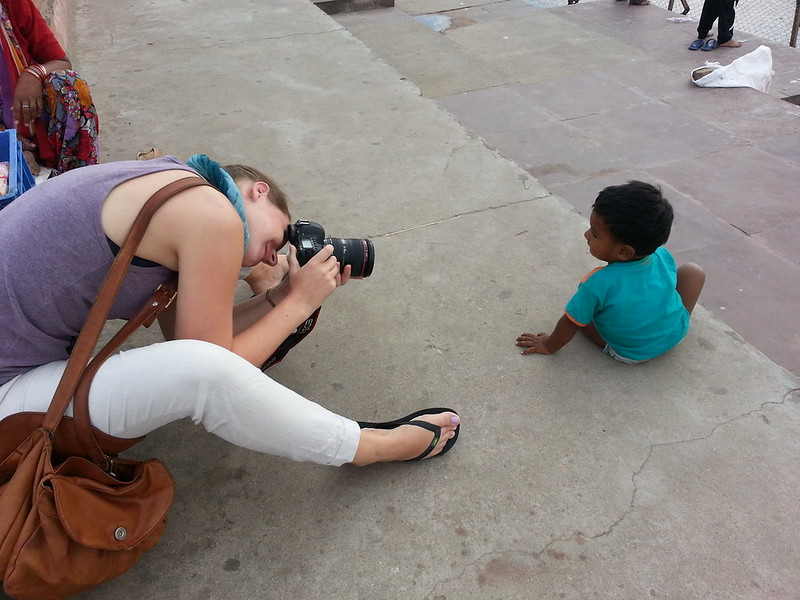
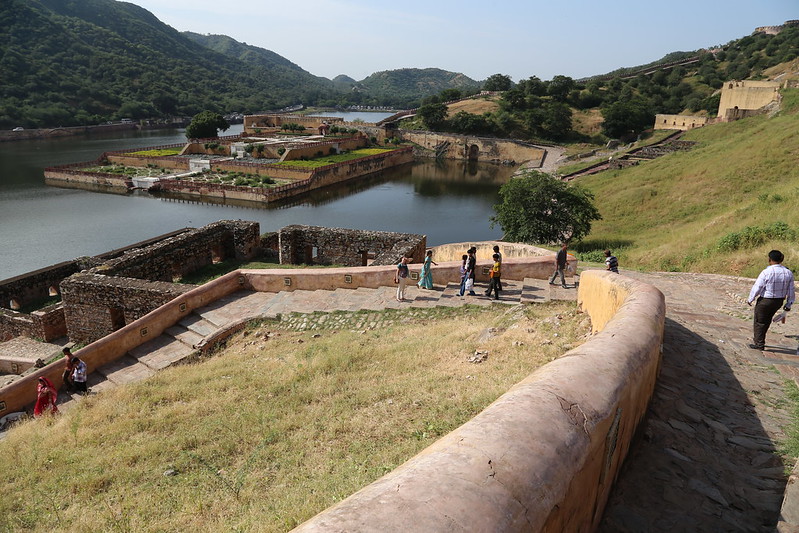


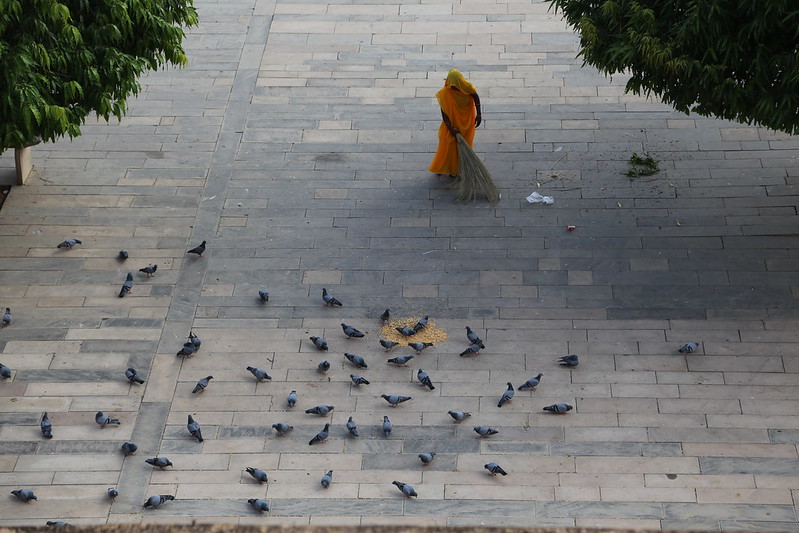



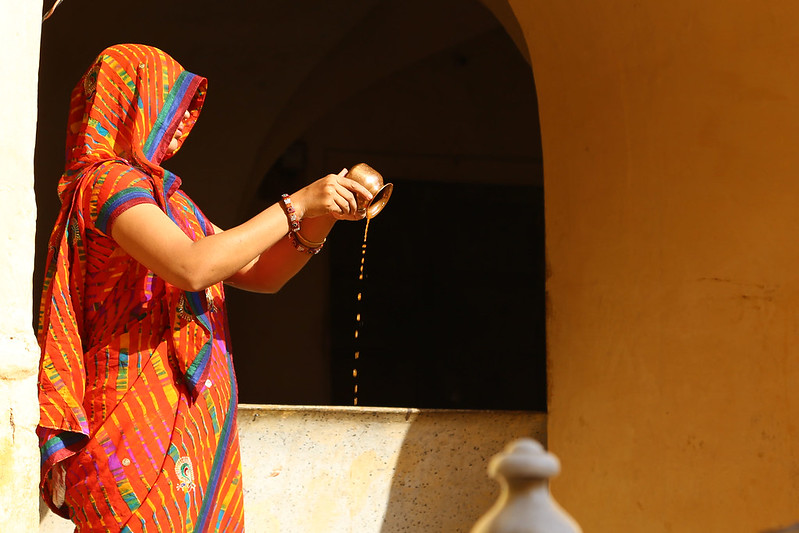

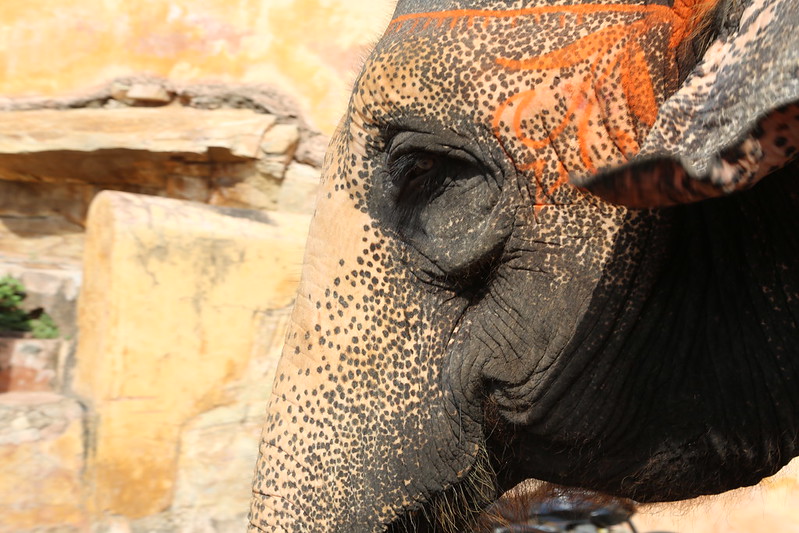
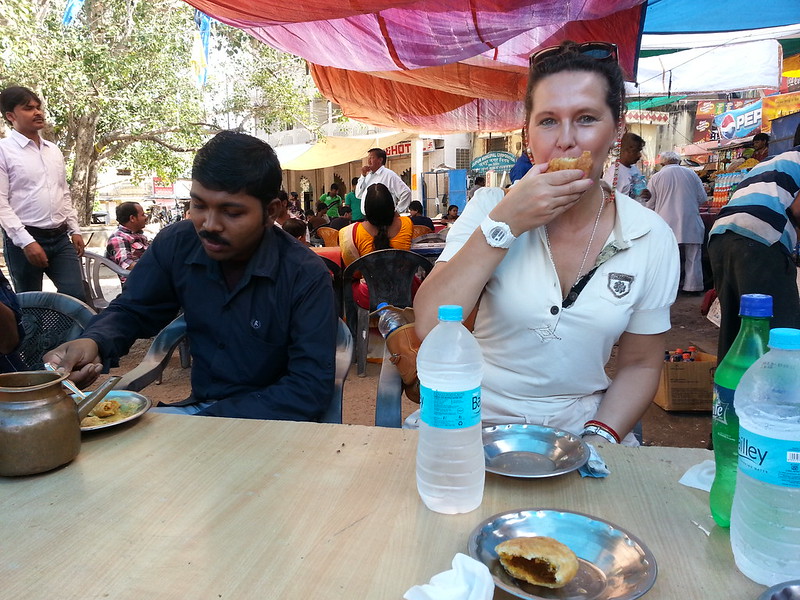
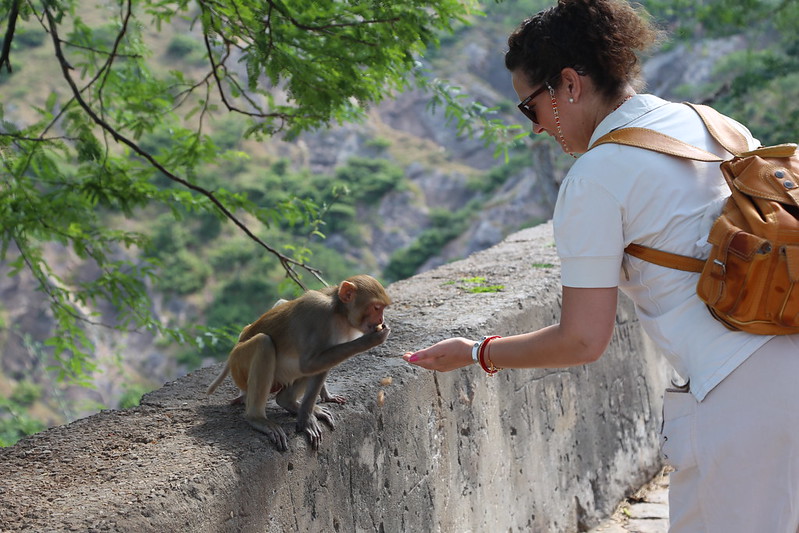


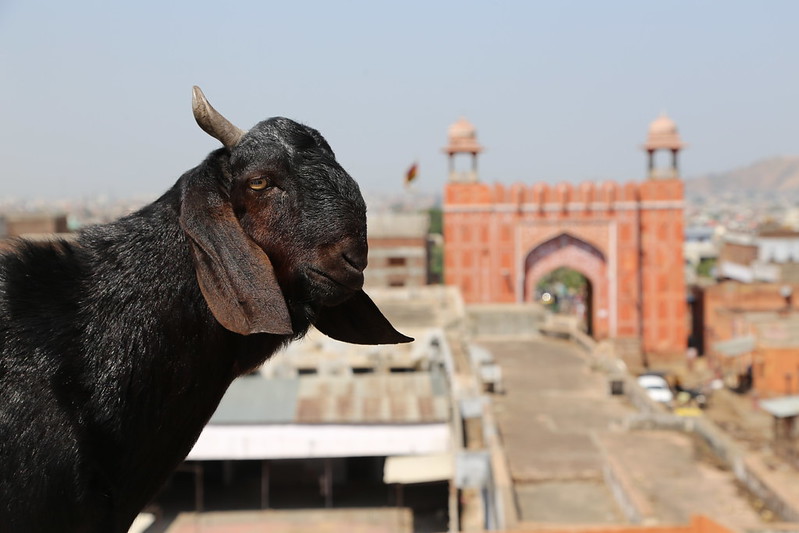
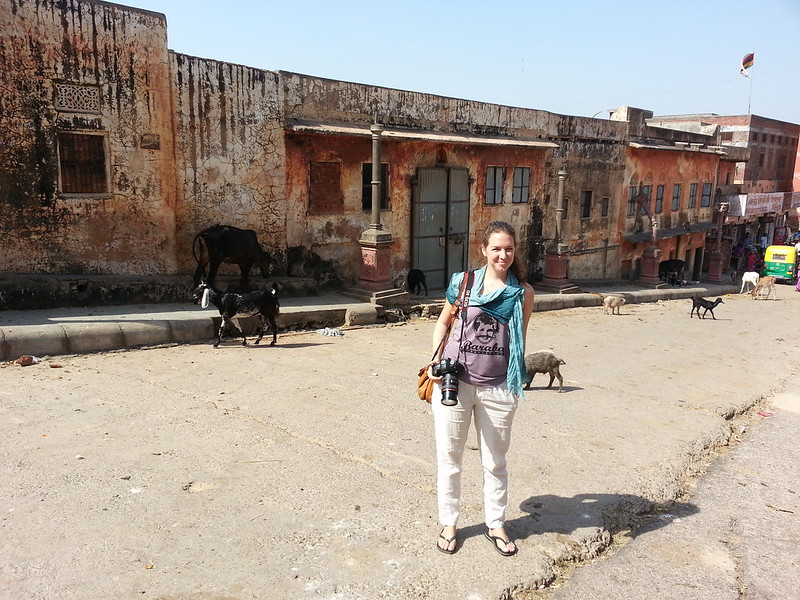
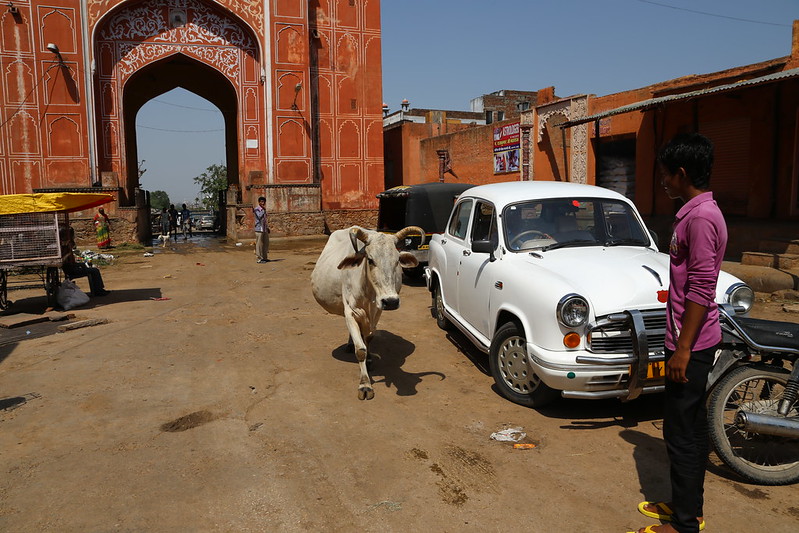
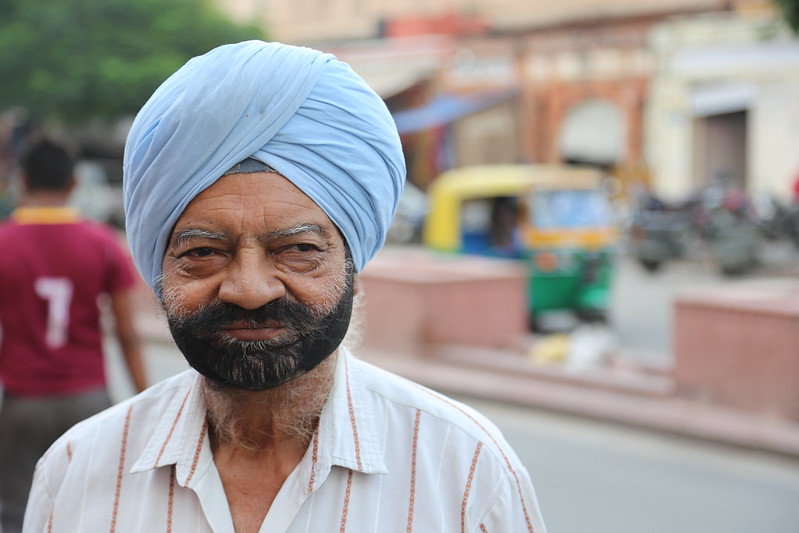
I met this gentleman in Jaipur, India, last year. With his white beard tucked into a net and his moustache coloured black, he was standing just outside the Hawa Mahal, the magnificent “Palace of the Winds”. He posed and asked me to take his photo and I took a whole bunch. I’ll share more photos from the “pink city” with its beautiful palaces some day soon – they are next up in line from the trip.
Good night, friends!
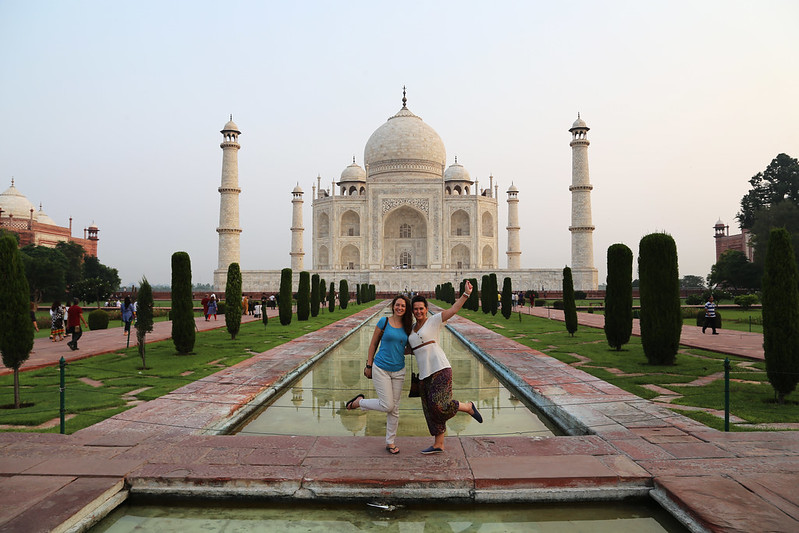
So now I have a moment to continue the colourful story of the trip my mother and I did in November 2013 when we decided to hop around India for two weeks. You can find the earlier photos and stories here, and this one is about what I consider the world’s most magnificent structure, the Taj Mahal, and the very impressive red Agra Fort which I missed when I was in India in 2010.
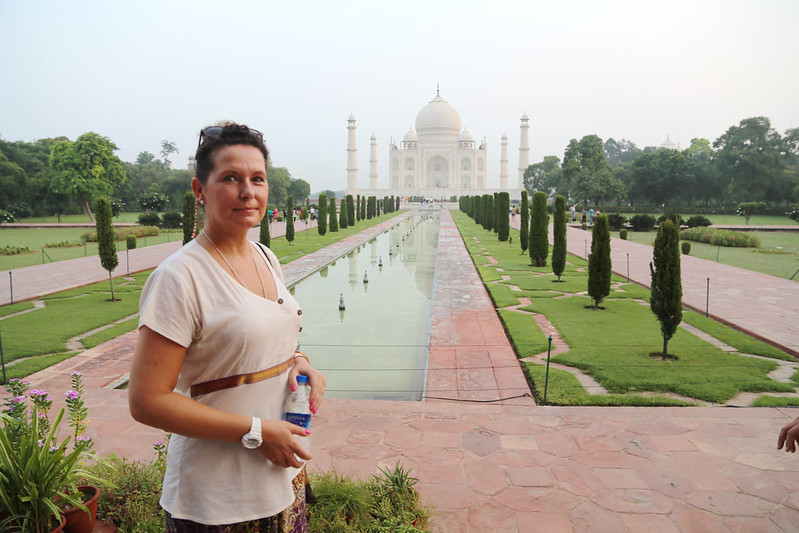

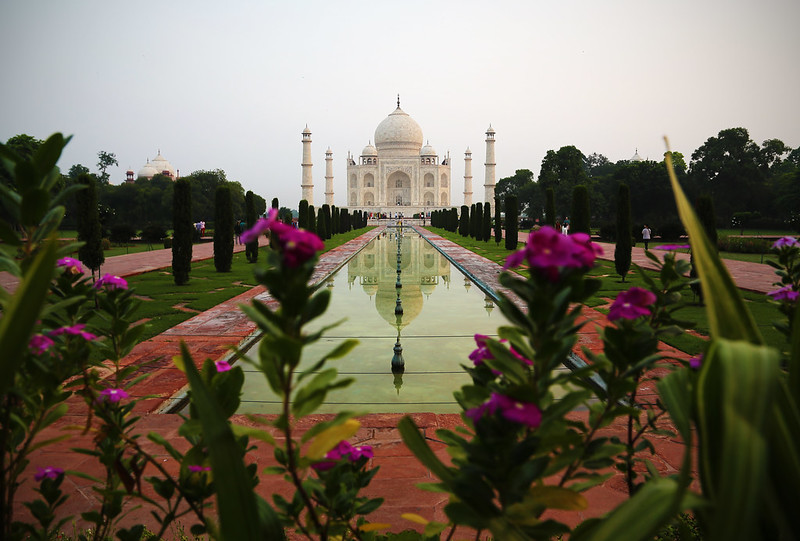

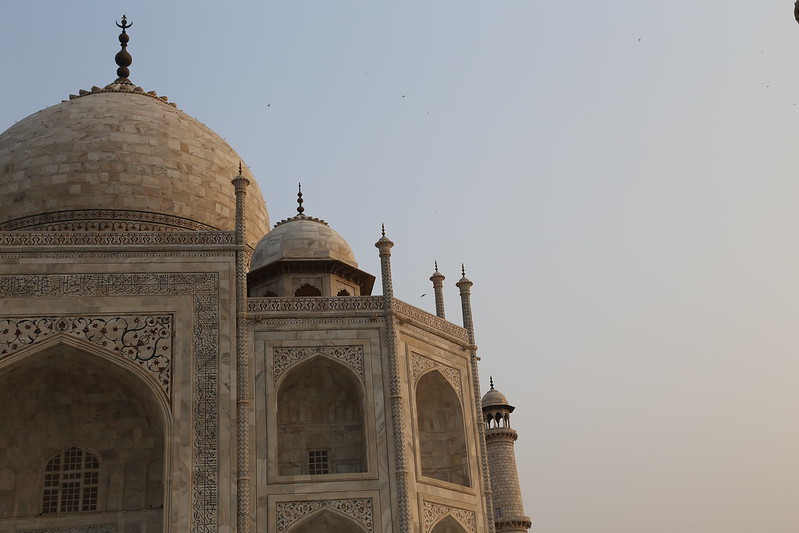


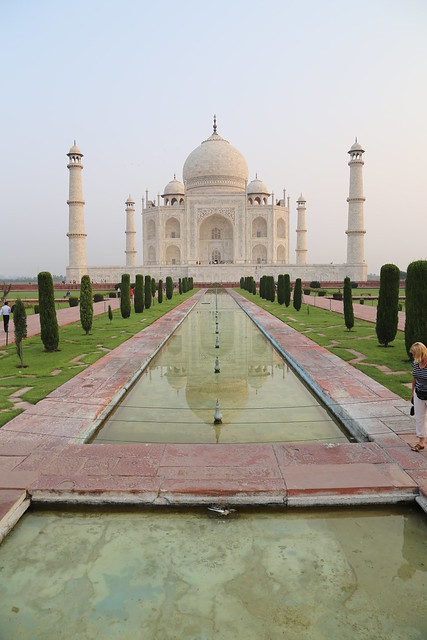
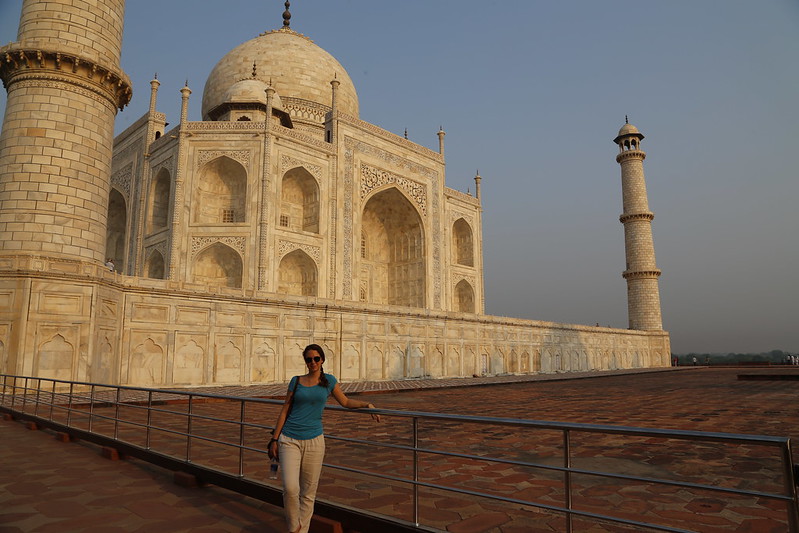

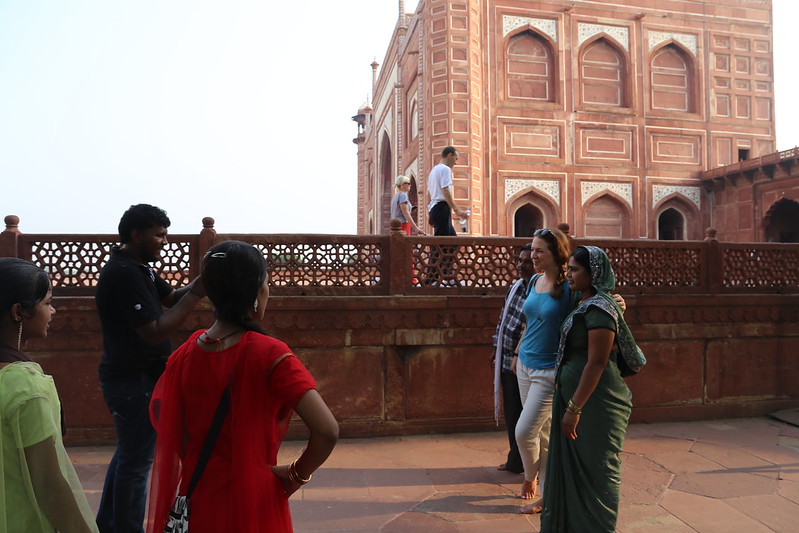
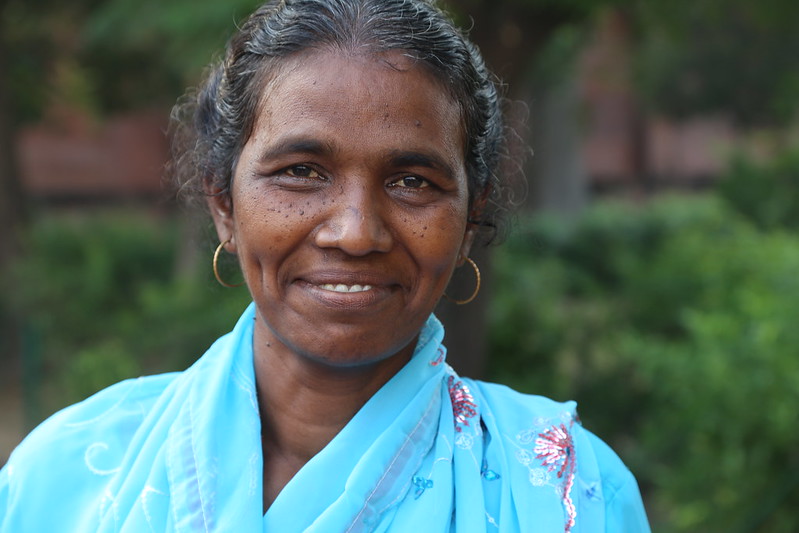
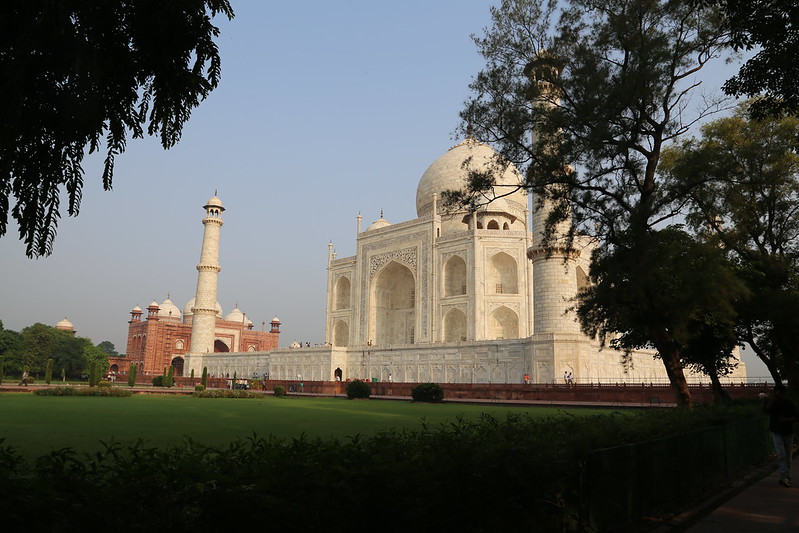
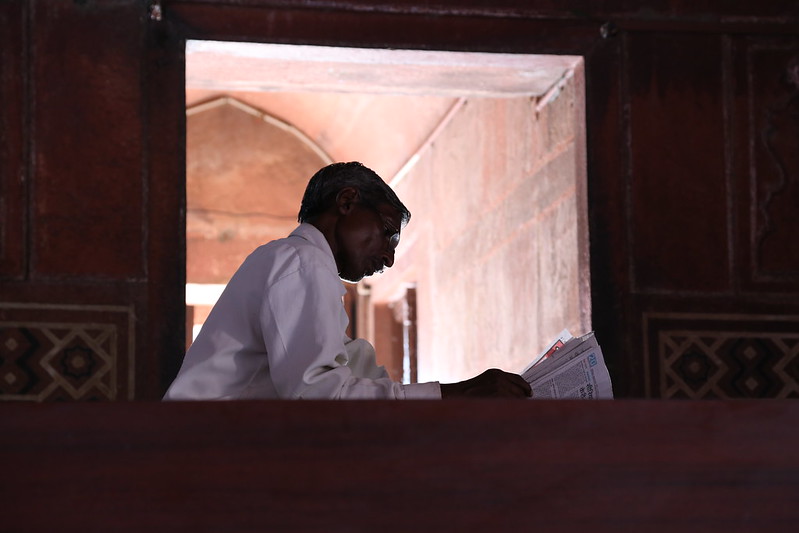
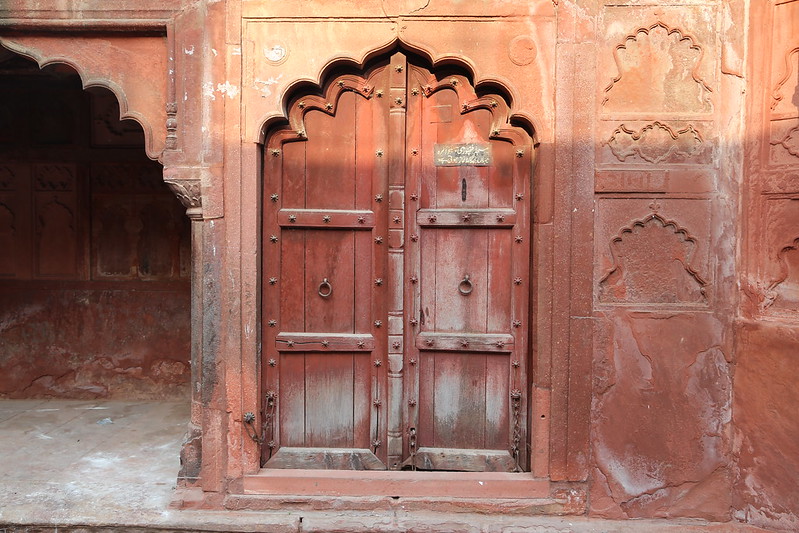
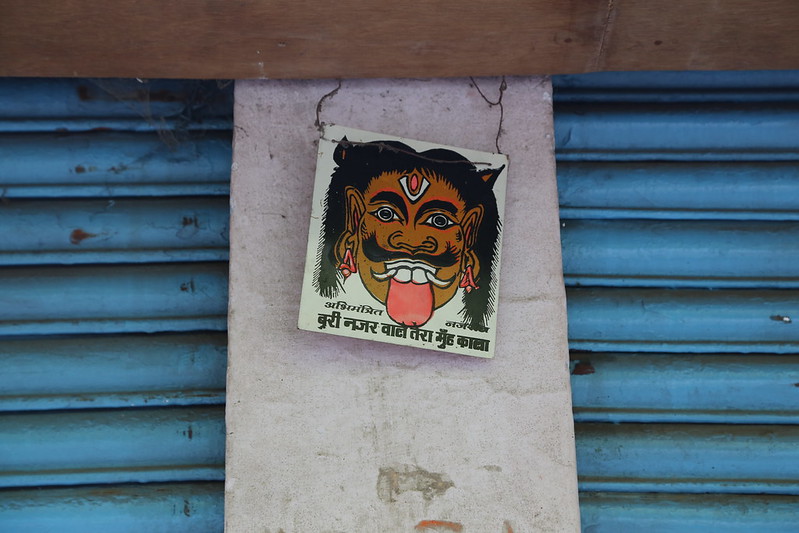

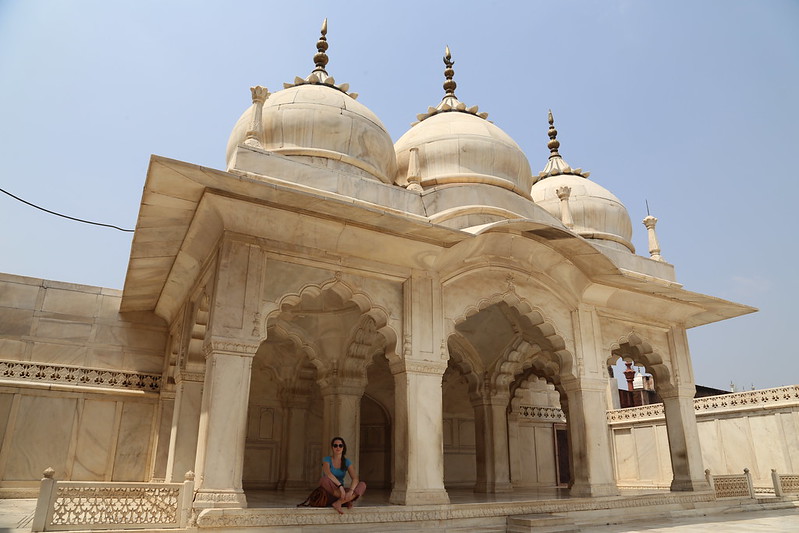
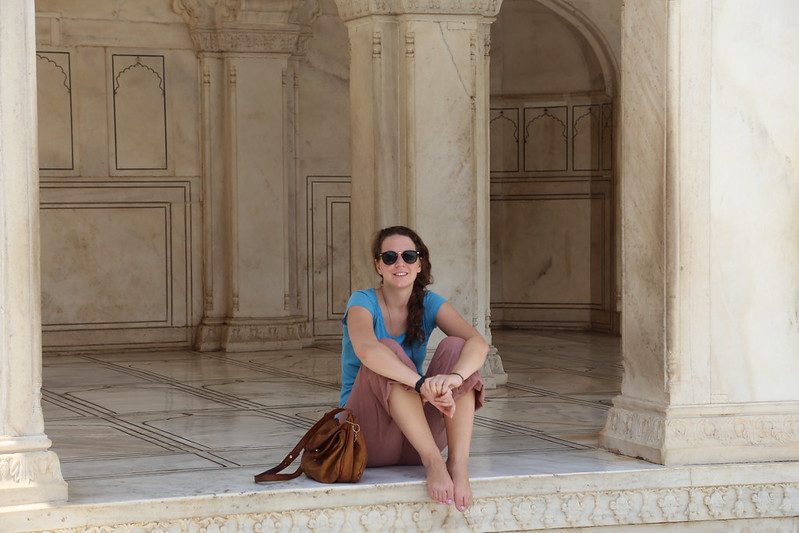
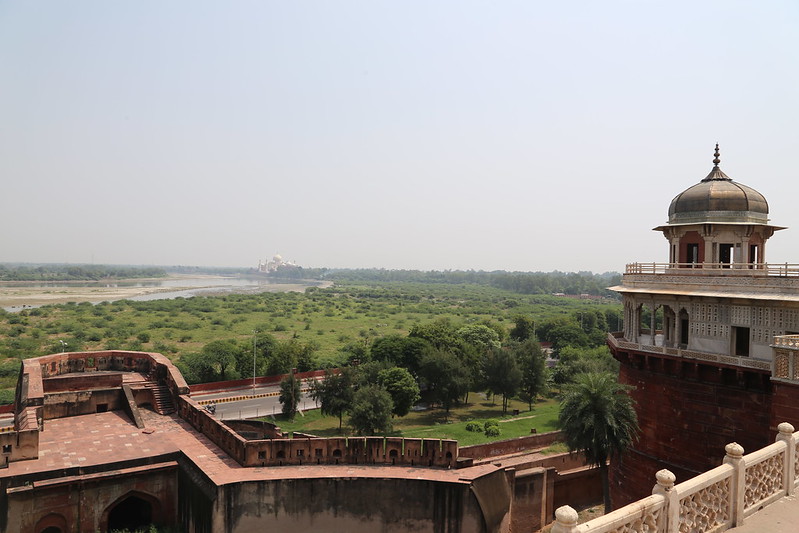
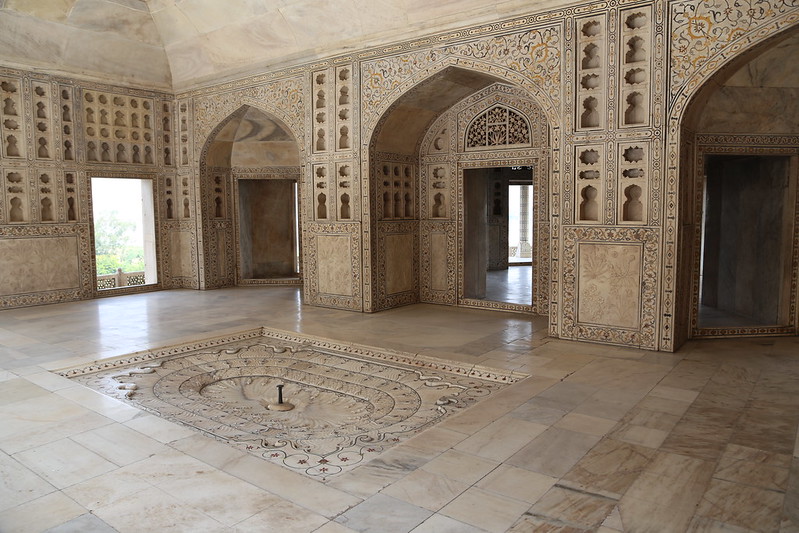
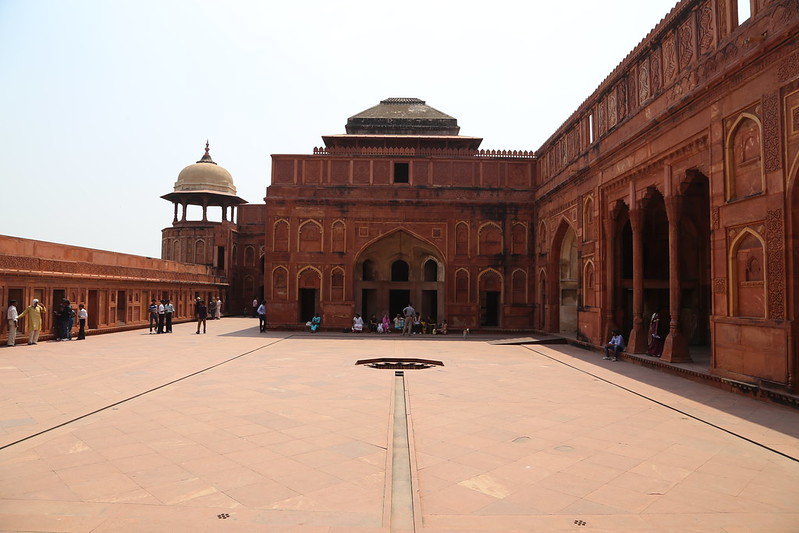
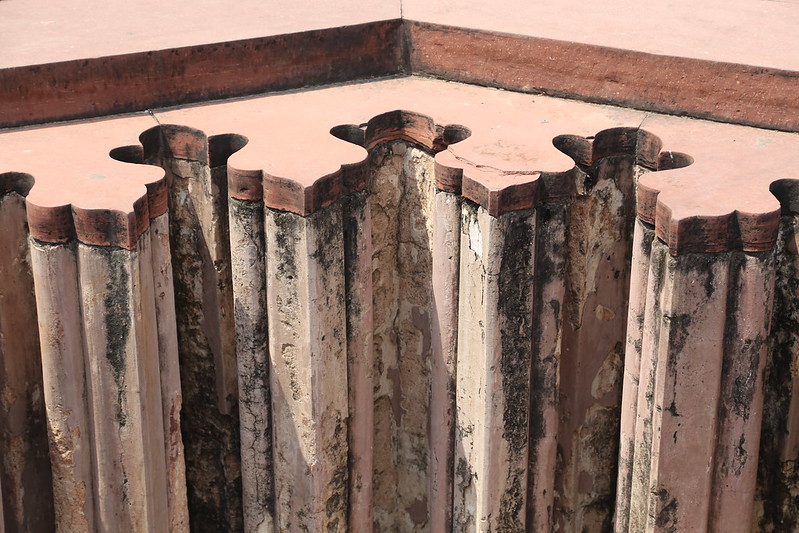
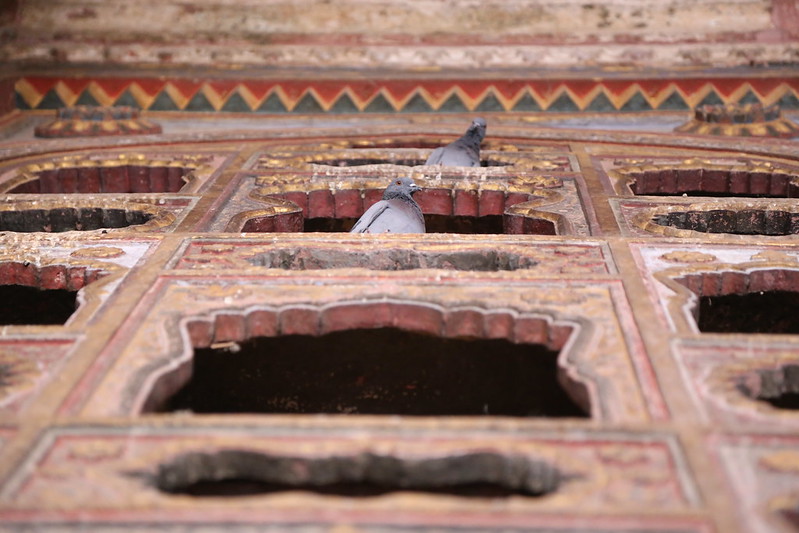
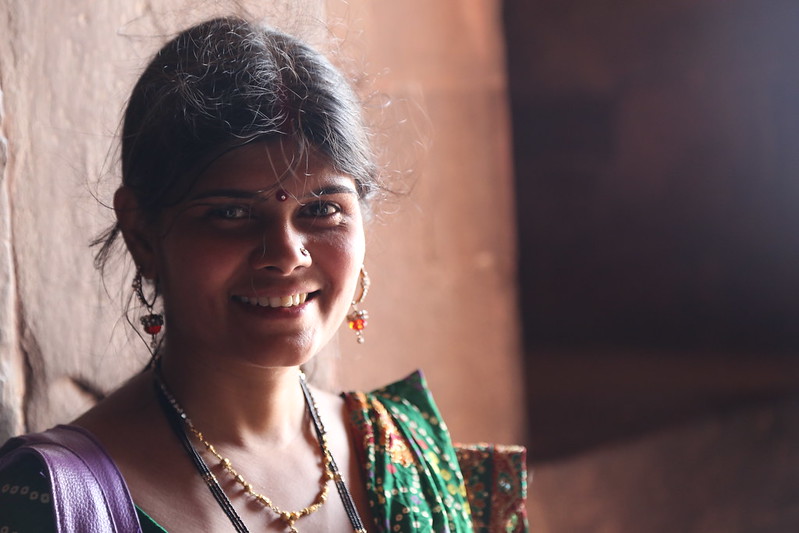

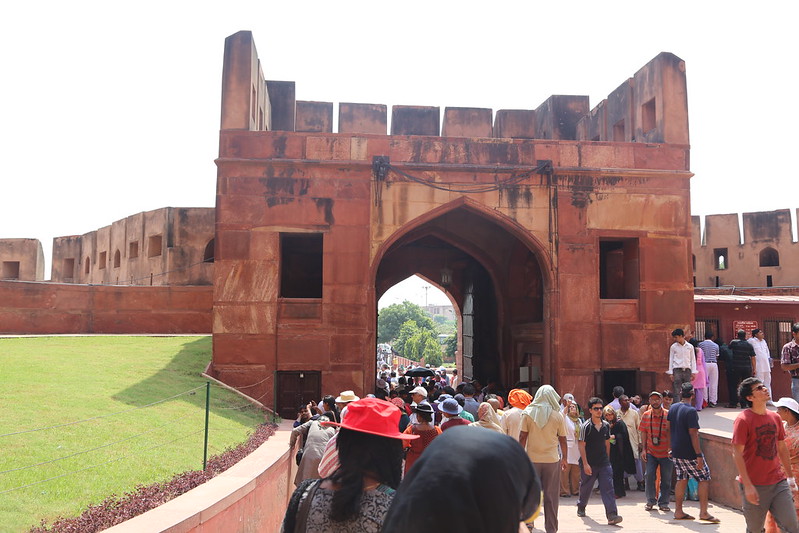

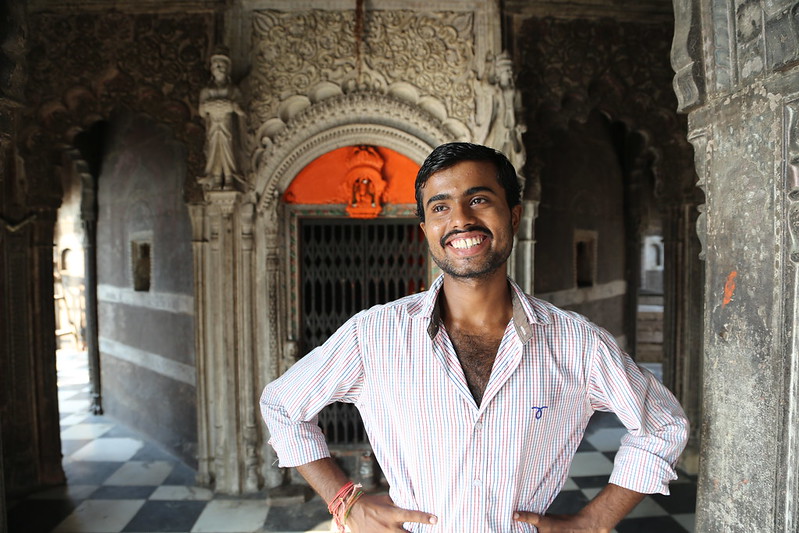
I’ve written so much about Varanasi on different occasions that I don’t know where to start this time. The most beautiful thing about being in Varanasi was probably bumping into my Bhaia (brother) Cristo again. I met him last time in 2010 and he found us walking around the city this time, instantly adopted my mother as “mama, look!” and took on the role of showing us the magical side of the city for the coming three days, while refusing all forms of payment – because we’re family.
If you manage to make your way to Varanasi, do try to find Cristoforo Rahul Pandit somewhere, (guy on the picture above!) he speaks English, Hindi and Italian and is a Brahmin and Varanasi Expert with a huge heart. He works as a guide in the city so I designed and sent him a bunch of proper business cards – you might get one when you get there! His number is +91 (0) 9792597869, his skype is cristoforo203 and his email is varanasi.cristo (at) gmail.com. Contact him if you need a great guide in Varanasi – and do say hi from me. :)
At some point, he showed me the photo and note I had given him in 2010 and I went with my mother to visit the very shabby hotel I had spent my nights in back then. I was reminded about how I had prioritized at that point and how that helped me to manage a two month trip on a practically nonexistent budget. Also, it’s in the shabbiest places that I’ve met some of the most inspiring people I know. Obviously, I was in awe about being in Varanasi again, I recognized some of the small streets and found my way around, I recognized the colours, the smells, the contrasts and even some of the kids I had photographed when they were younger.. there is just so much about that place and it keeps being one of my two favourite cities in India simply because of how intense and real it manages to be. Varanasi is the place where you are most likely to find India.
It purposely breaks you down and then builds you up again.
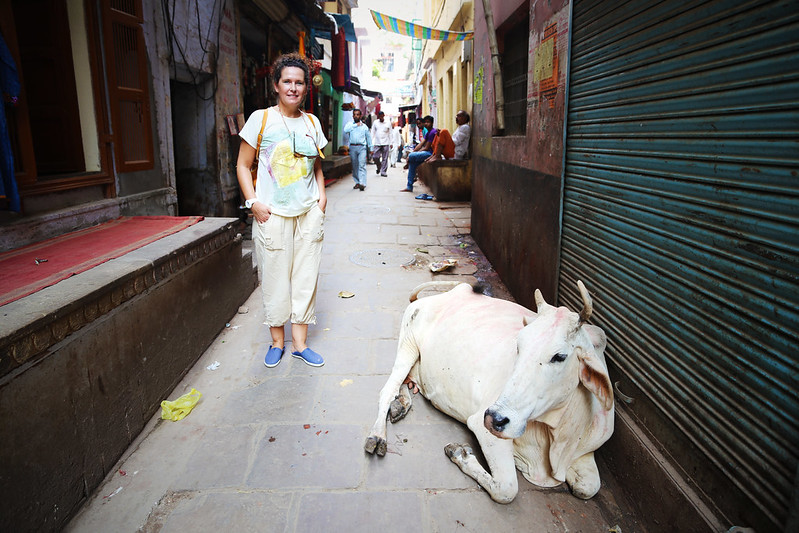
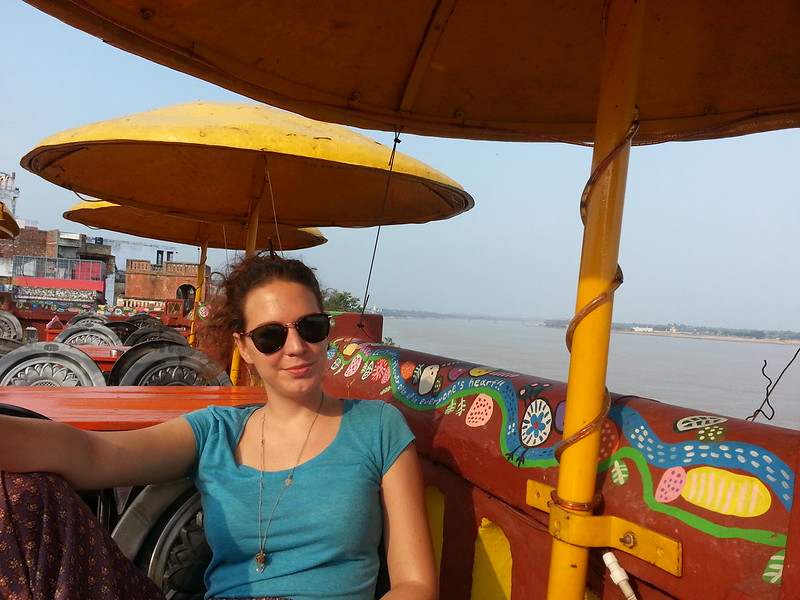
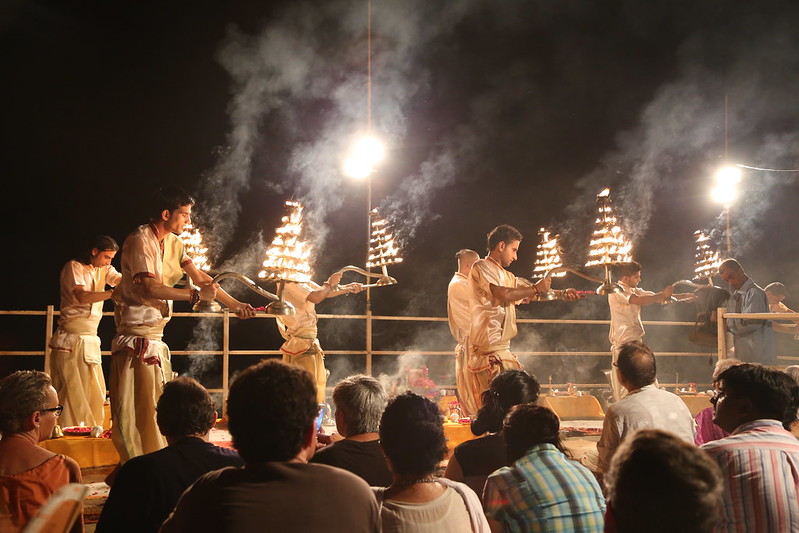

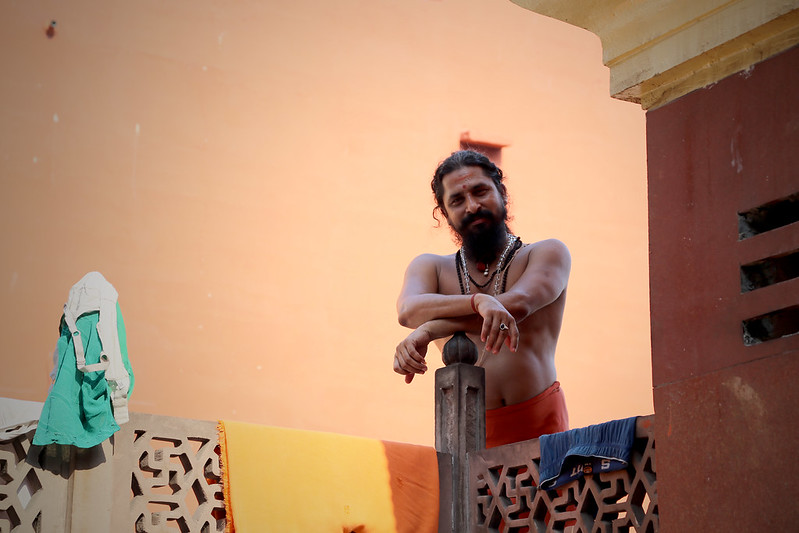
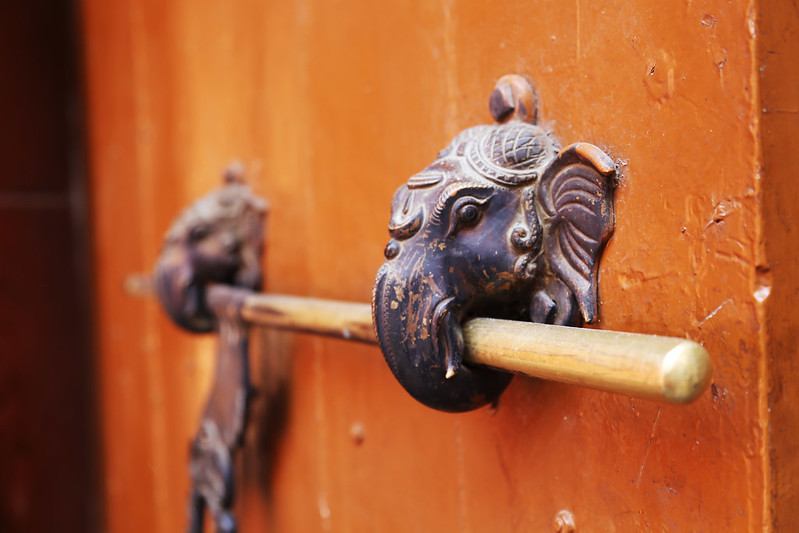
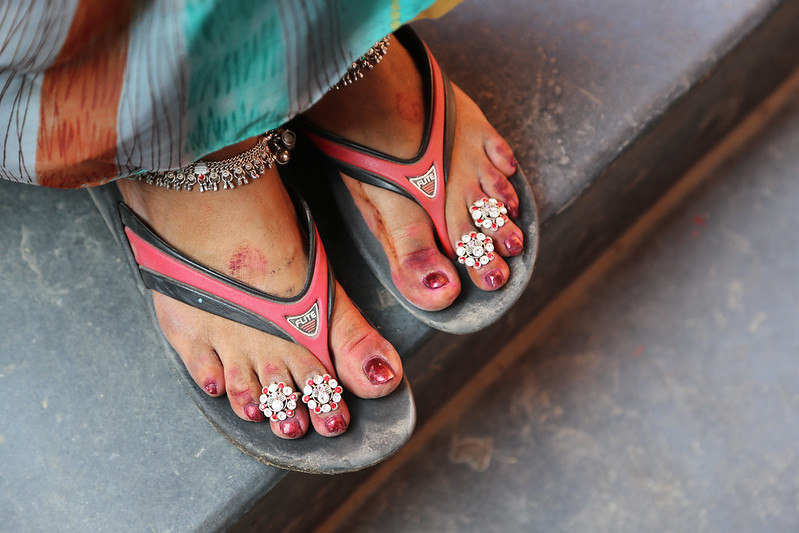
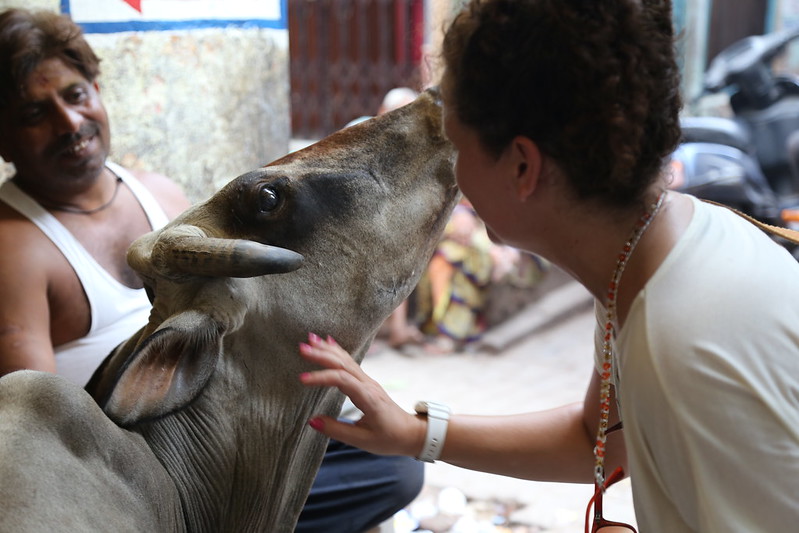



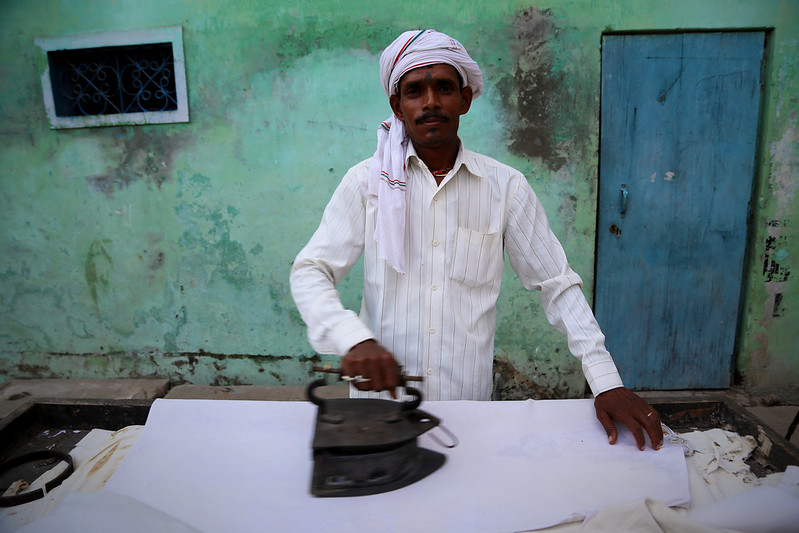
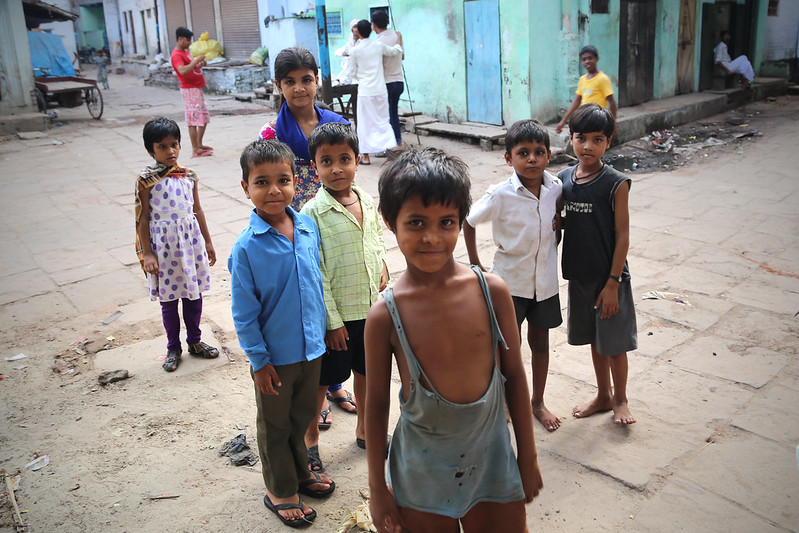

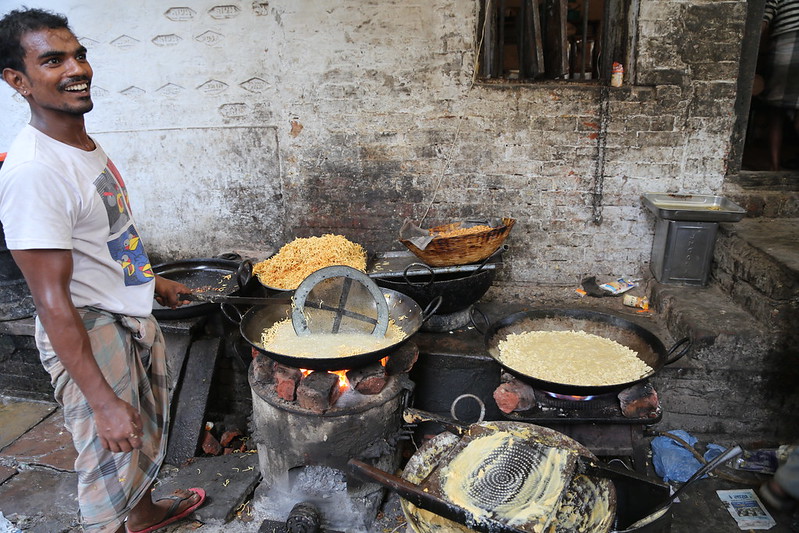
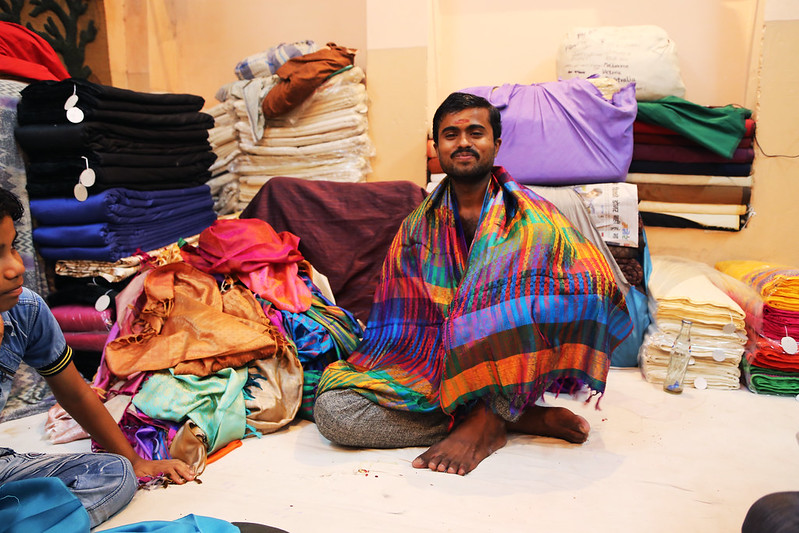
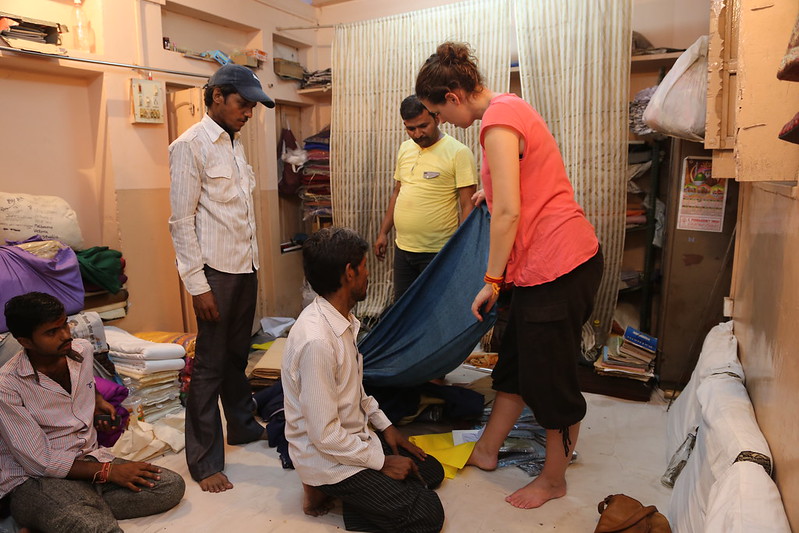
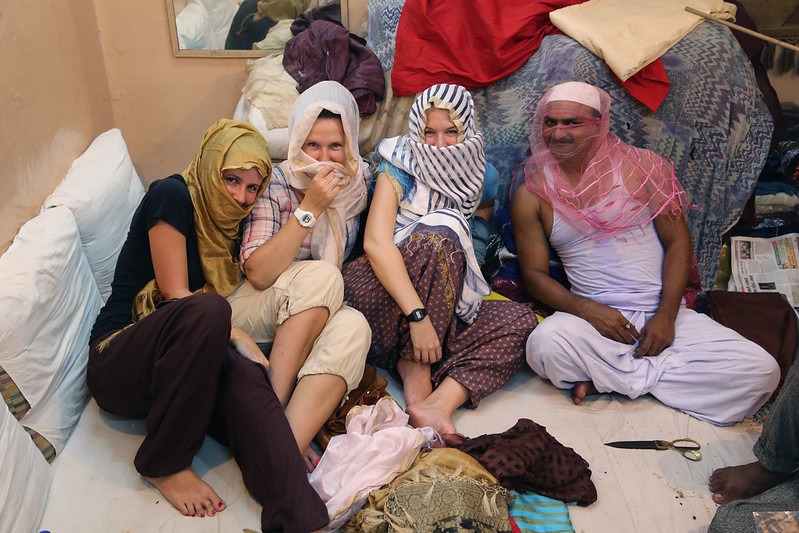
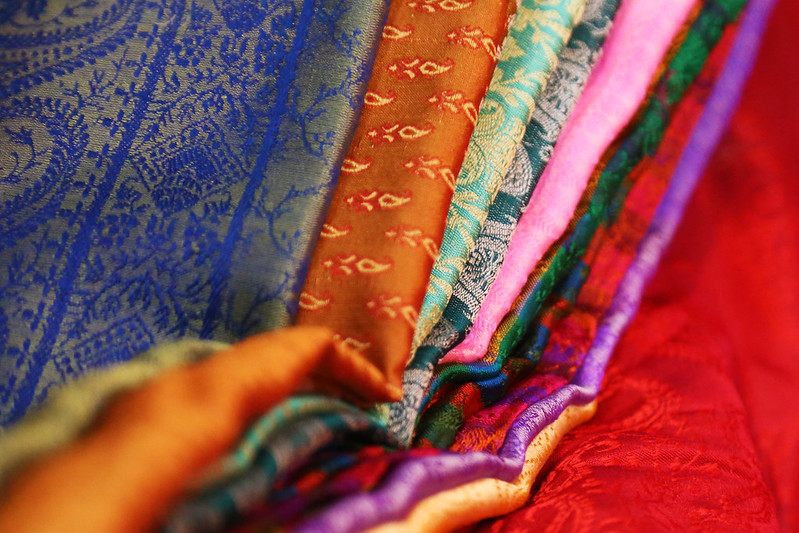



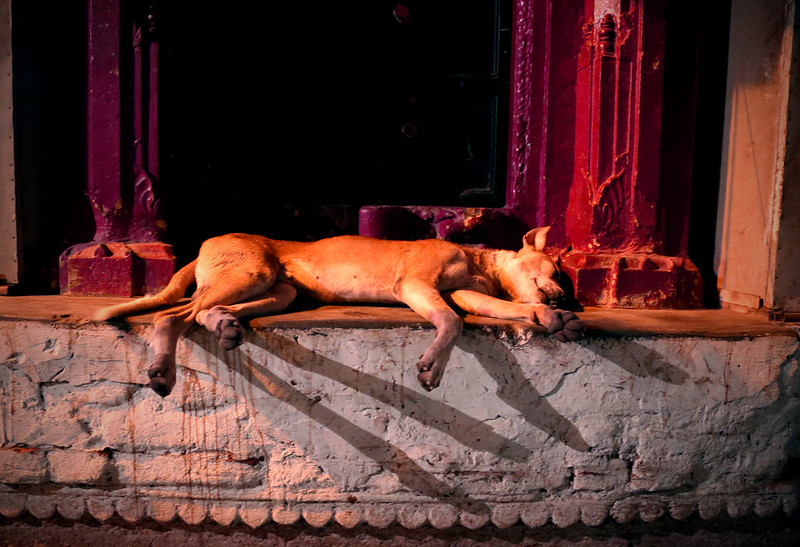
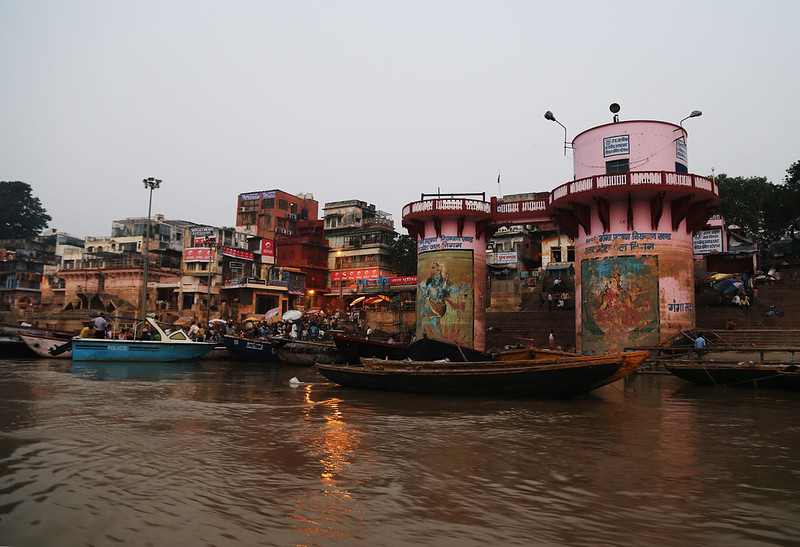
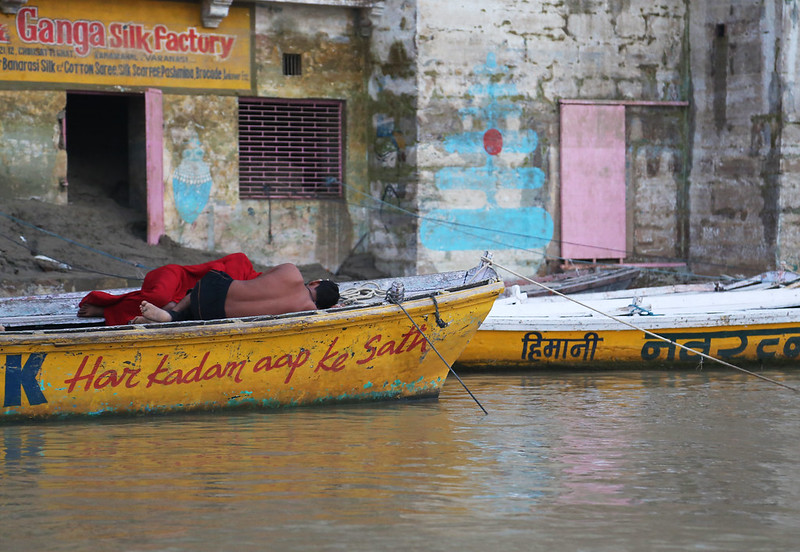
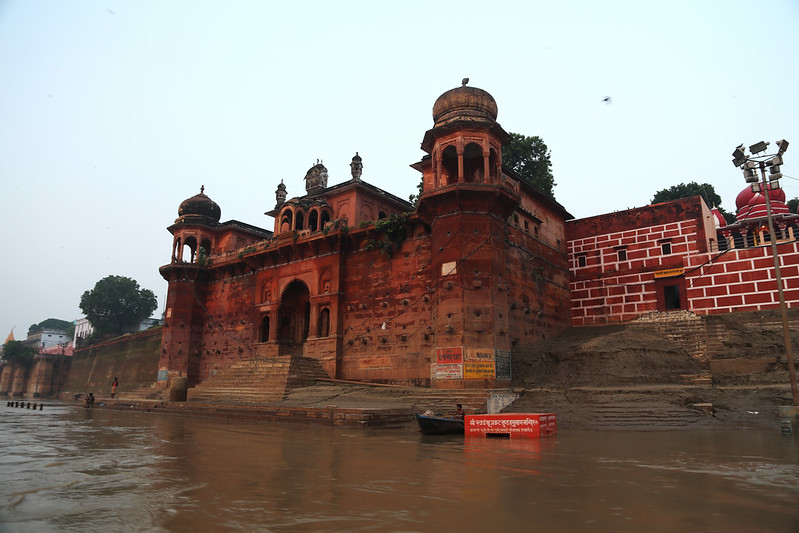
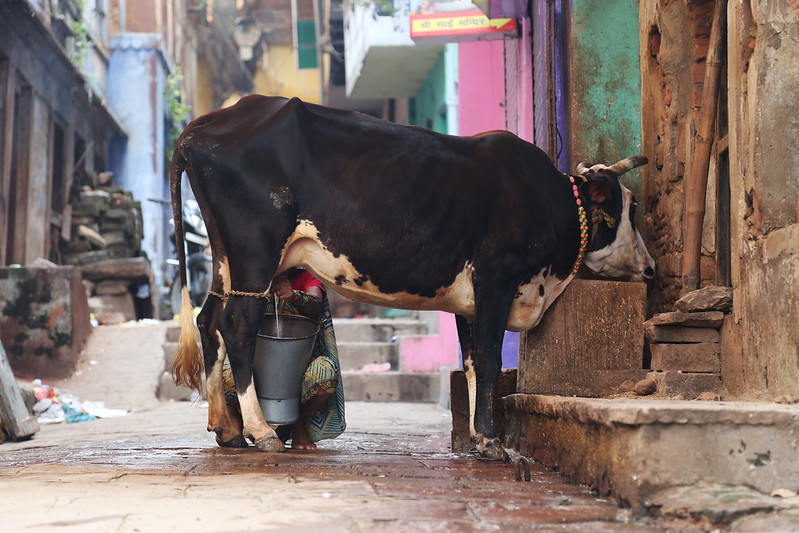
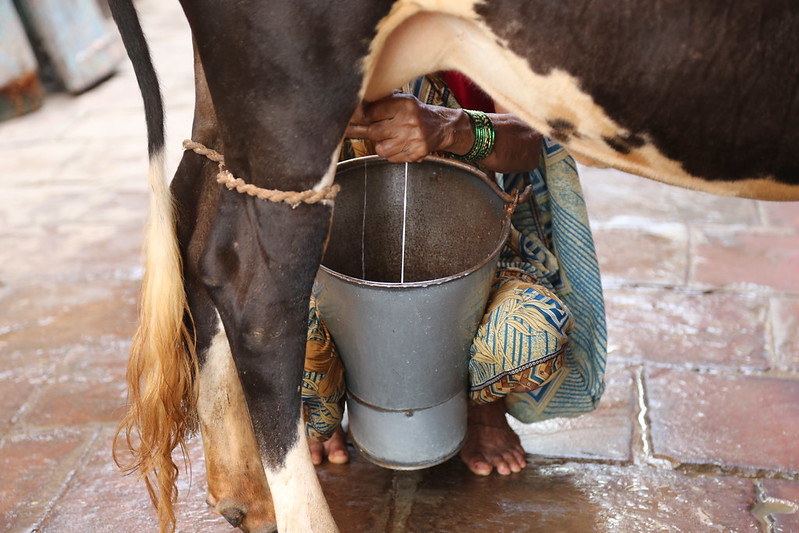
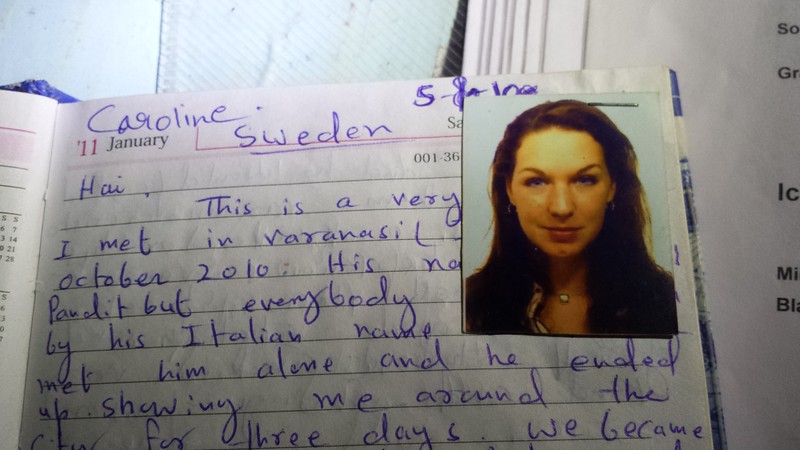
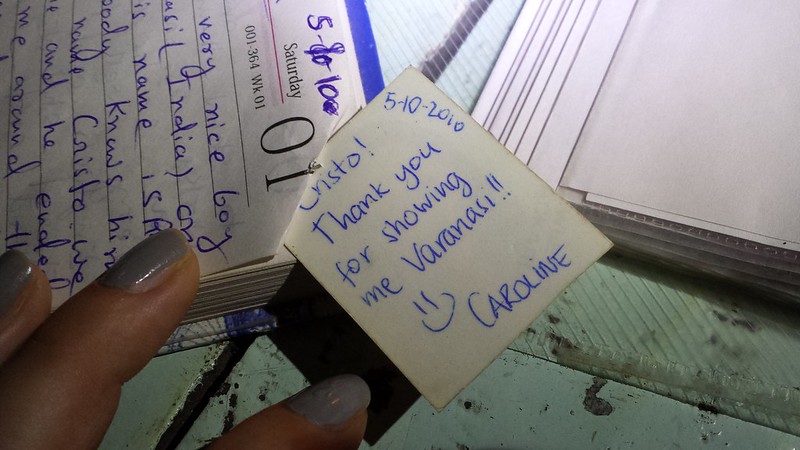
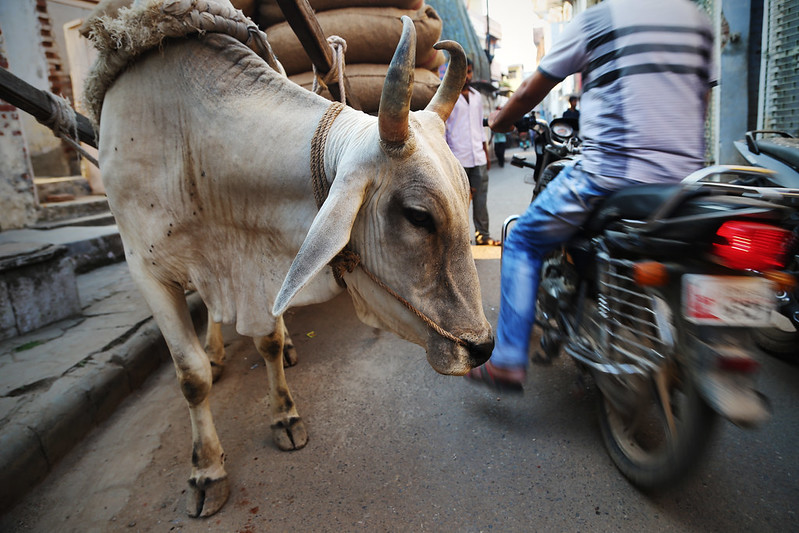
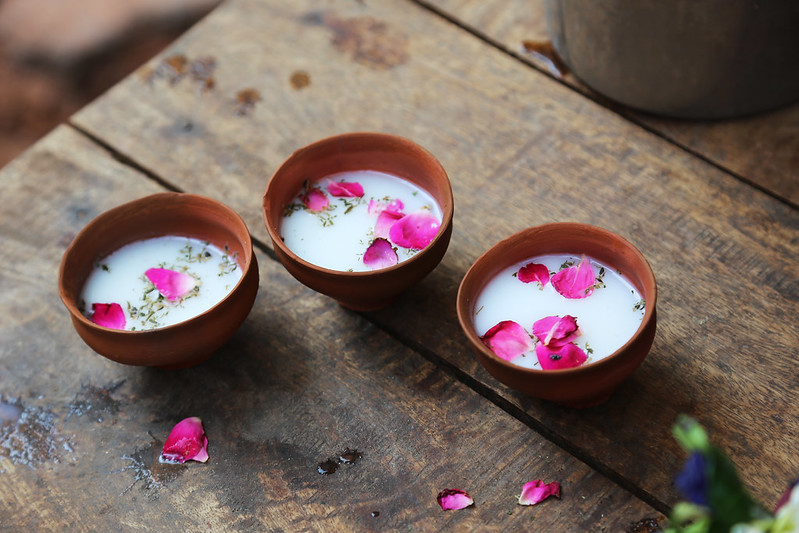
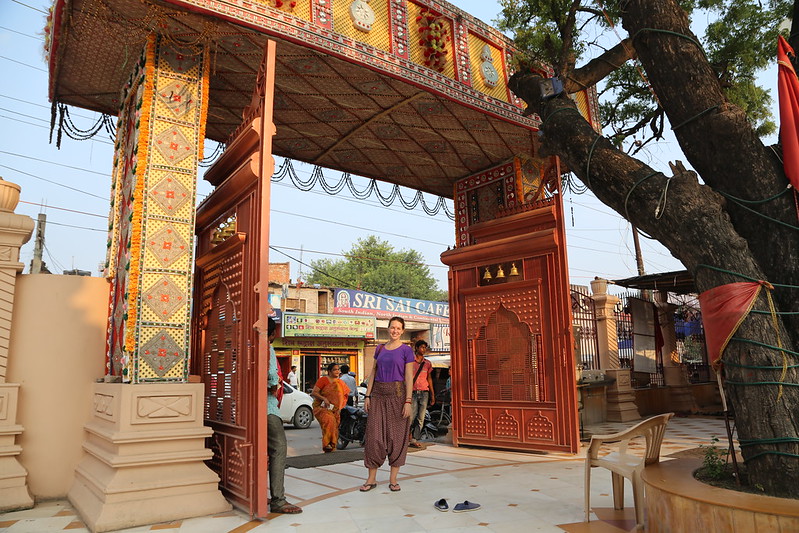
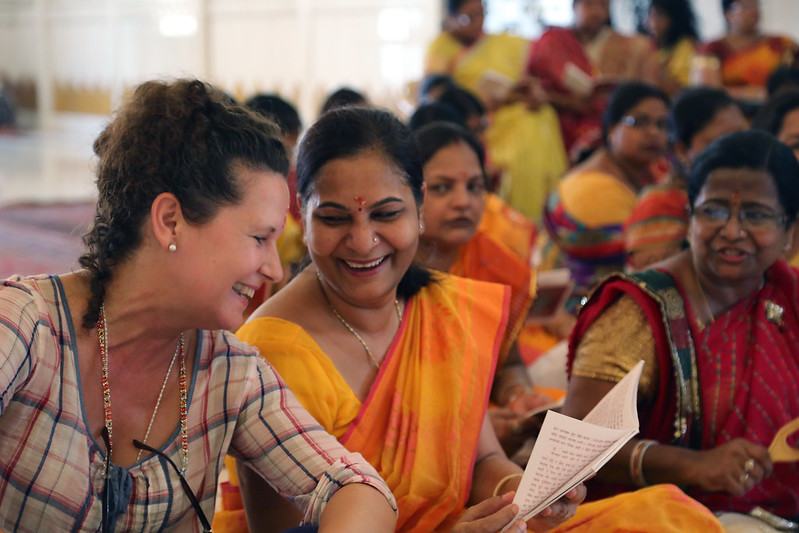
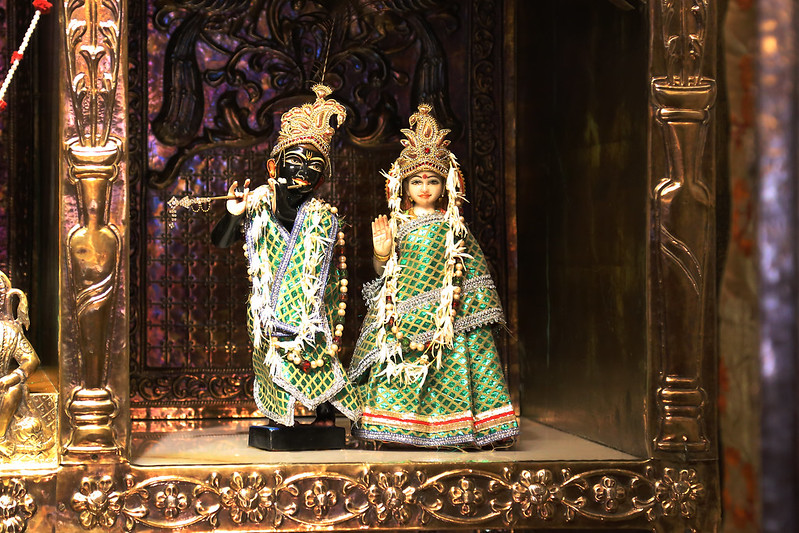



You can find the rest of the India 2013 stories here.
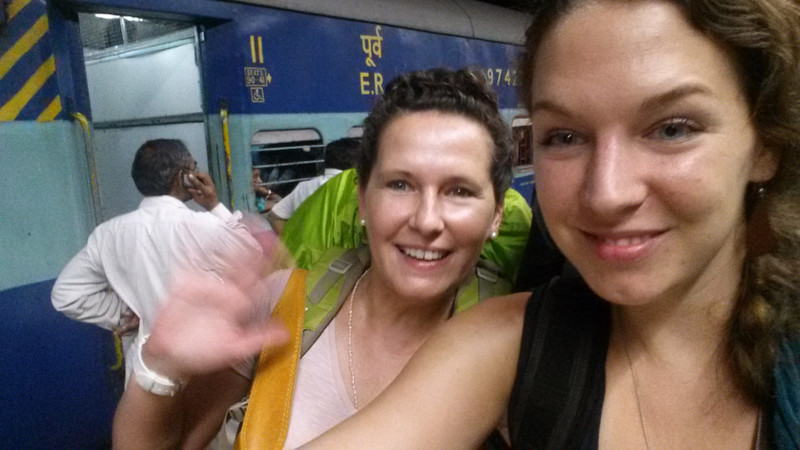
So we needed to make our way from Kolkata to Varanasi, and the best way to do it was by train. I had already taken many trains in India so I knew that I preferred the “worst” way of going, the “2nd class, sleeper” – this is the by far cheapest way to travel in India – there is no air-condition, there are a lot of strangers, the windows only have bars in them, and you sleep on a bench. The reason I prefer this way of travelling is because it’s not as cold as in AC compartments, and I really don’t like to be cold – and that you get to see much more. People, views, chai-salesmen, food, strange-fruit, randomness. And it’s half the price of the AC choice. The price wasn’t too important in this case, but made much of a difference when travelling for months like I did last time. Question was if my mother was going to be as thrilled about going the “authentic way”.
We went to buy our tickets and I told my mother about the differences in the classes. She was hesitant. “Are you sure?” she asked. “You can try once, and then we’ll do it the “luxury” way further on, we’re saving a lot on this particular trip and you’ll get to experience what most people here travel like.. what do you say?” She nodded. “Ok. Let’s do it.”
I booked the ticket for the 20:35 Doon Express, pushing for us to get the top beds as I knew from experience that those are the only one’s that stay up all day. This means that you can keep your things safe and hang out up there without having to sit and wait until people decide to start going to sleep. We got them. And got onto our train.
When we got in, my mother freaked out a bit. “Wow – it’s so dirty! Are there cockroaches here?” she asked. “Probably somewhere” I answered. (Maybe I should have stopped there.) “Maybe the flying one’s..” .. “Wh-what?!” By that point I started feeling guilty and selfish. Maybe my mother wasn’t as curious to “do it the Indian way” as I was. Maybe I should have chosen the more comfortable option now that I wasn’t travelling solo. But after a while she said, as if reading my worried mind, “You know what? This isn’t so bad.” It warmed my heart and I could finally relax. And when it got a bit chilly in the night I was very happy that we were not in the AC compartment. We both really dislike cold.
A thing I thought about was how the presence of staring men felt different now than in 2010. They looked hostile somehow. Were they really staring in a different way? Was it all the recent horrific news stories that had planted fear in my head? Was it the fact that I felt like I needed to protect my mother? Was it only the Kolkata-Varanasi route? (That I hadn’t done before.) Had I gained paranoia with age? I’m not sure. But at times I felt like I wouldn’t have been able to fight fear if I would have been alone in there. I remember taking a mental note to remember not to travel alone in sleeper class by night on this route. And that’s a big contrast to how I felt about it last time.
But still, at some point in the middle of the night I got up to watch the passing landscapes. It was completely dark outside, and sometimes just after the smaller train stations, there were little villages where big bonfires were lit and people were just waking up to start their day. Watching them from the inside of the moving train, with the world passing by on the outside, the wind stroking my face, the rest of the train sleeping, and music in my ears, was like reconnecting to last time I had done exactly the same thing. I reflected over the huge difference between travelling alone and in company, and realized I couldn’t fully detach and enter a state of emptiness when accompanied simply for the reason of always being aware of the presence another person. It was still peaceful, beautiful and fulfilling, but in a different way.
I went up to sleep. And my mother went down to sit in the same spot later on. One does not simply go by train in India without entering a state of awe.
We got up in the morning and people were being chatty and friendly. When crossing the Ganges and entering Varanasi we were only one hour late and had less than half an hour left of our 15 hour train ride. We had officially survived the overnight train from Kolkata to Varanasi. The cheapest way to do it. “We did it!” my mom said when we arrived and got into our rickshaw. And I might already have gone many hours by train in India before, but I felt the same way. This had been different. We did it.
